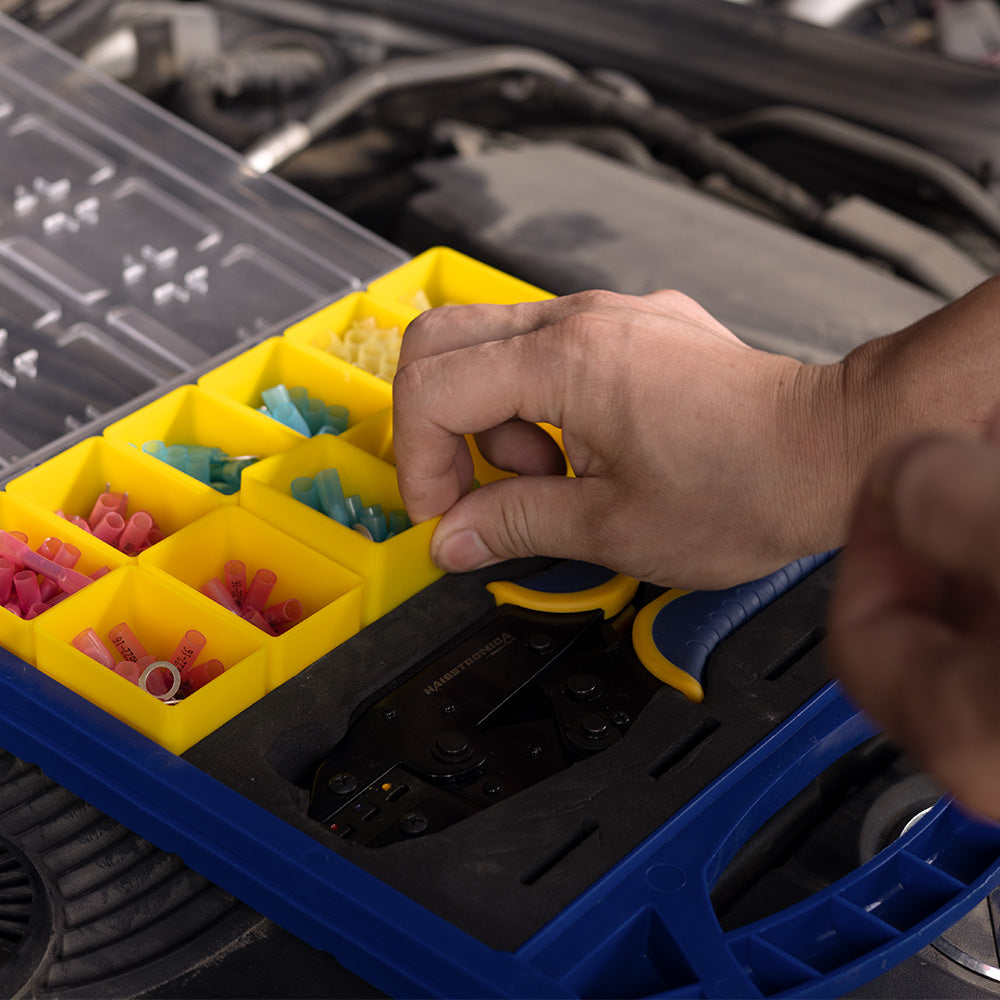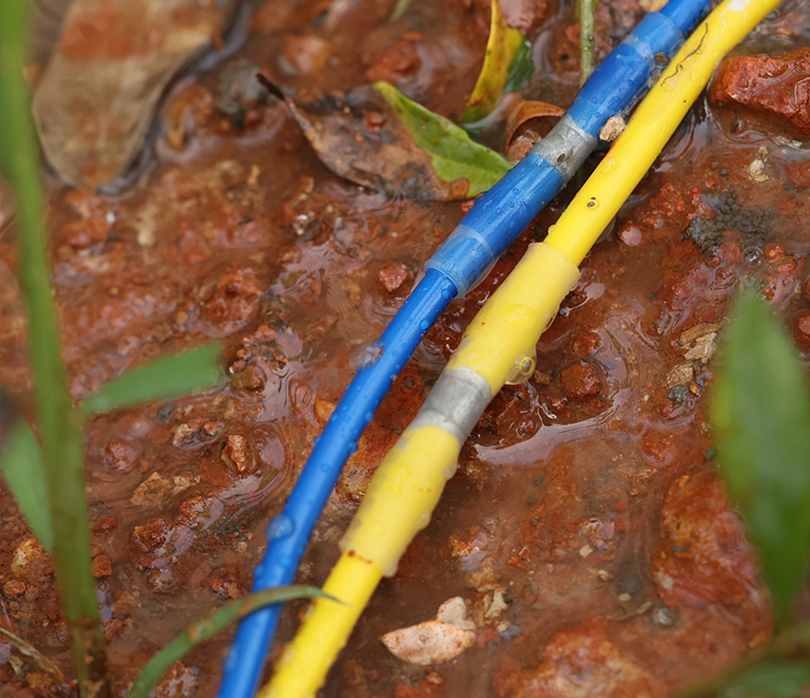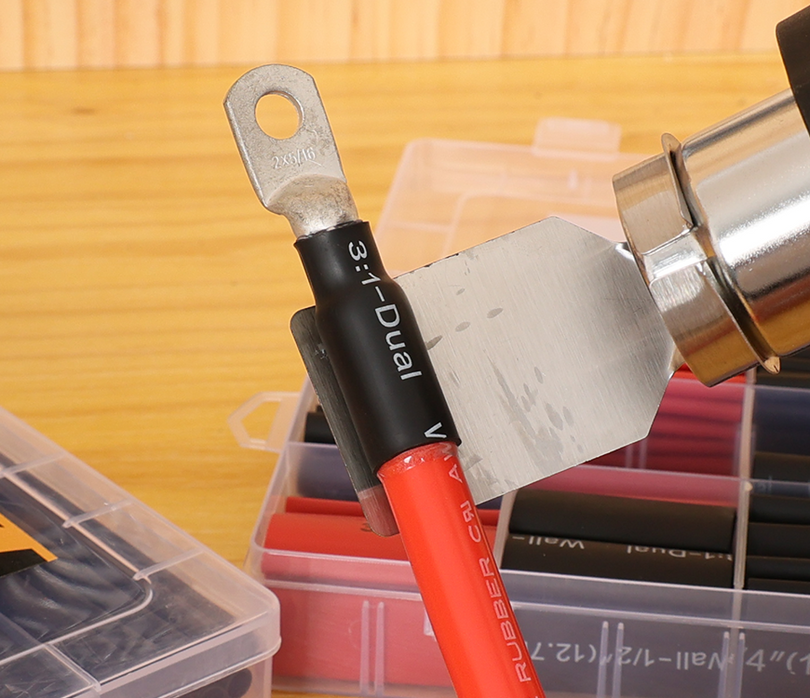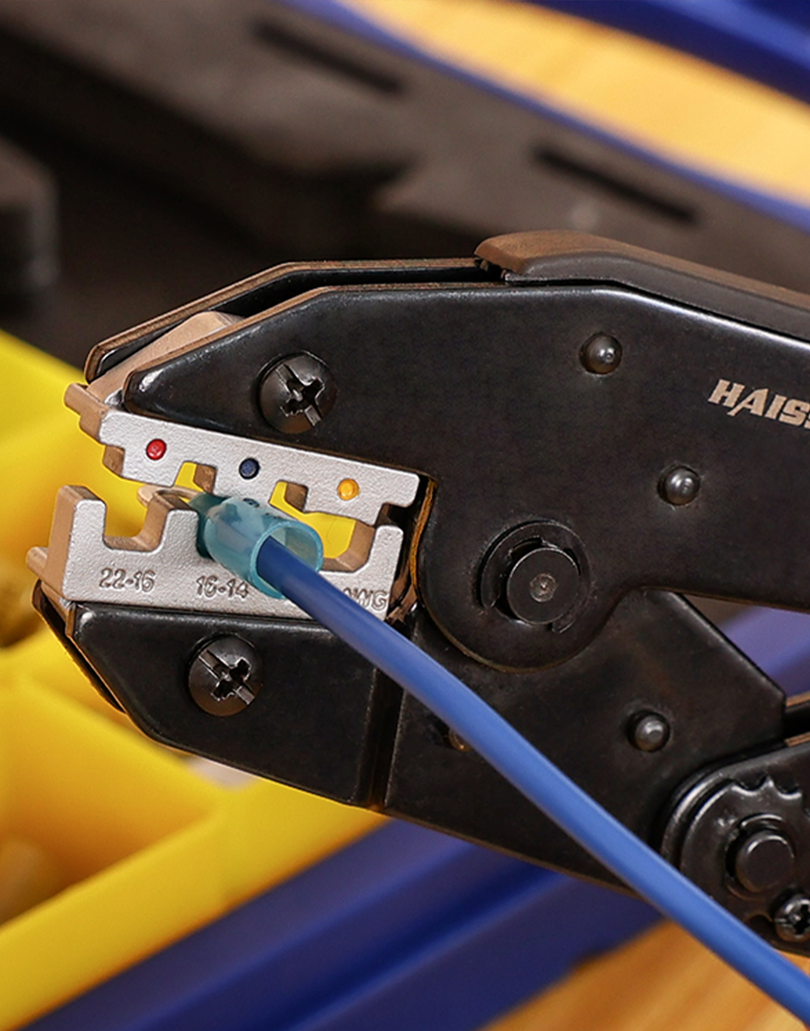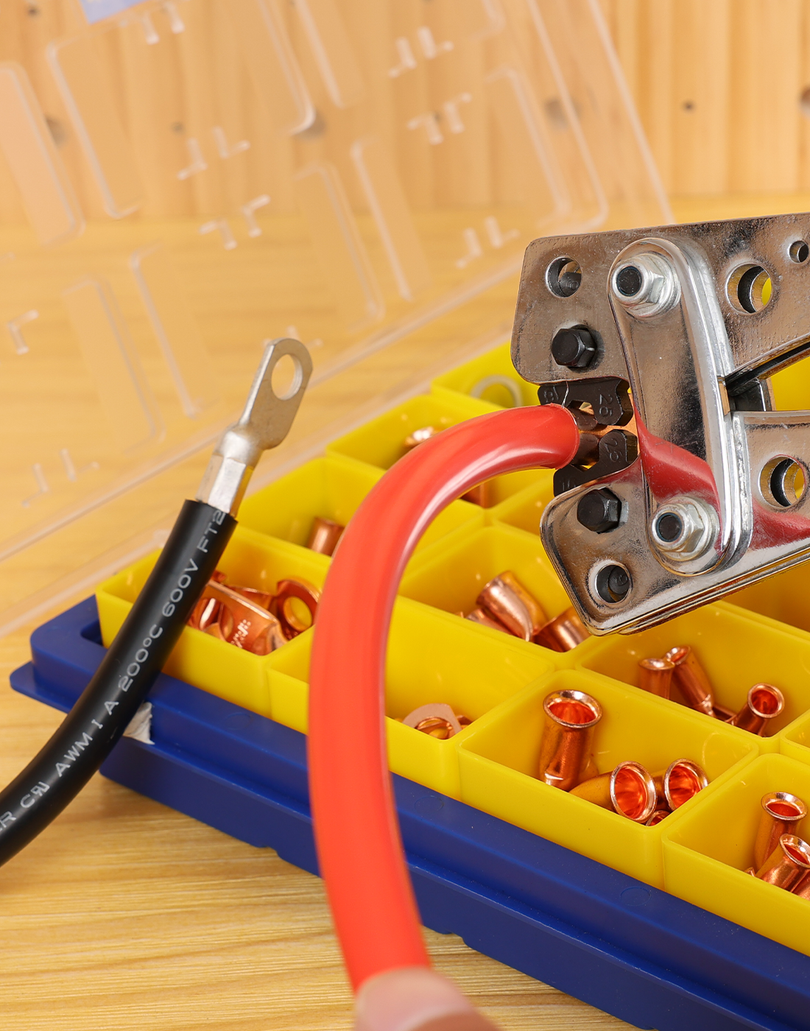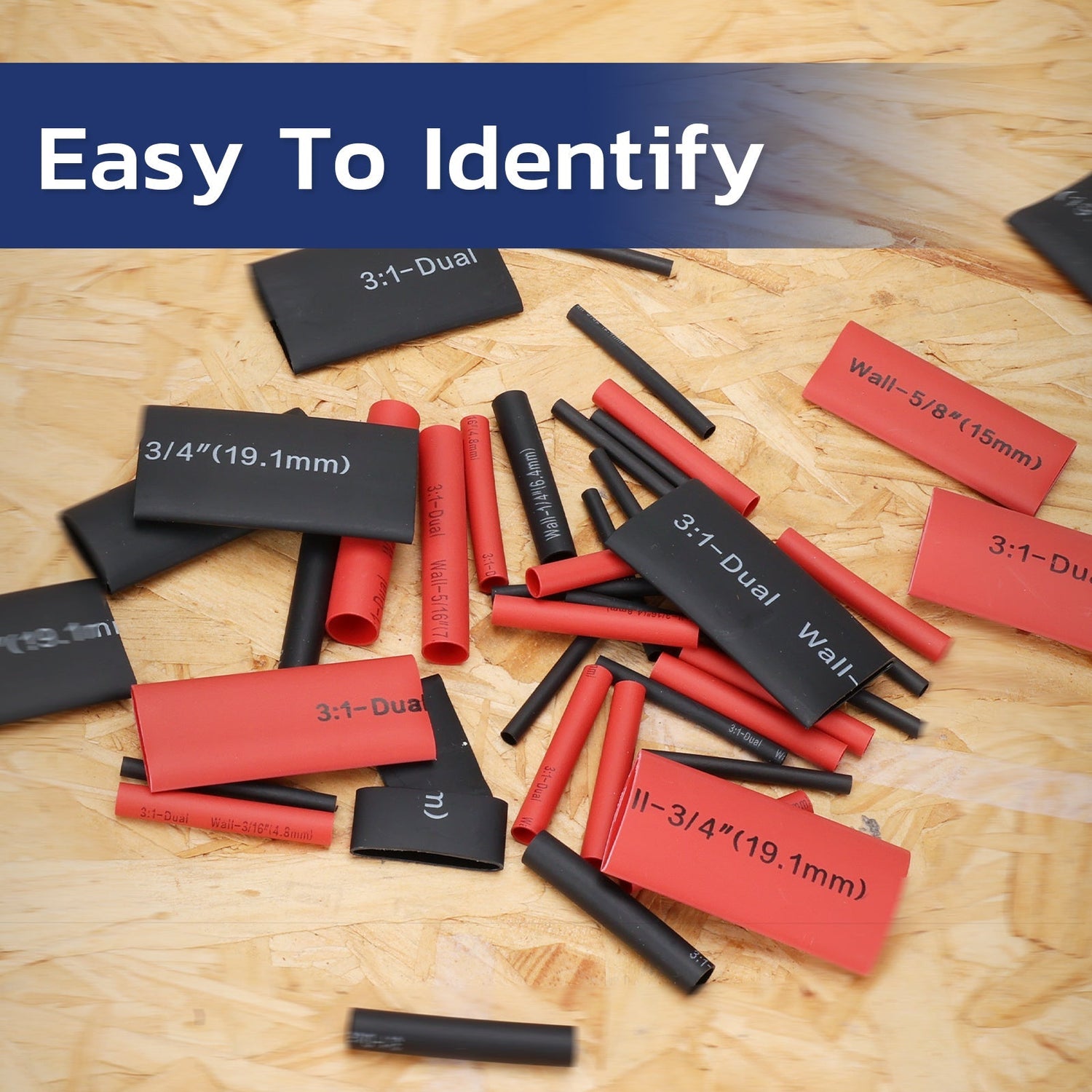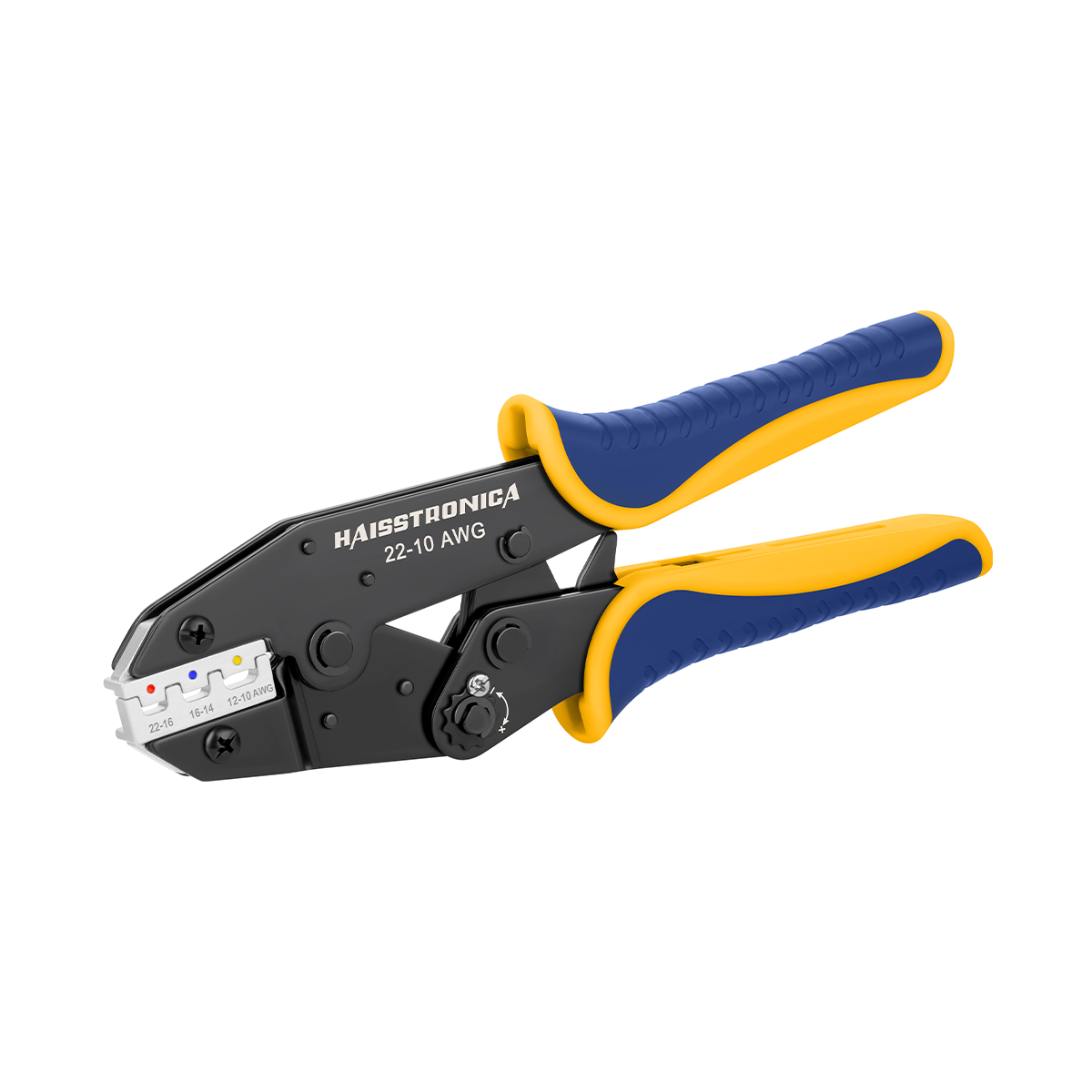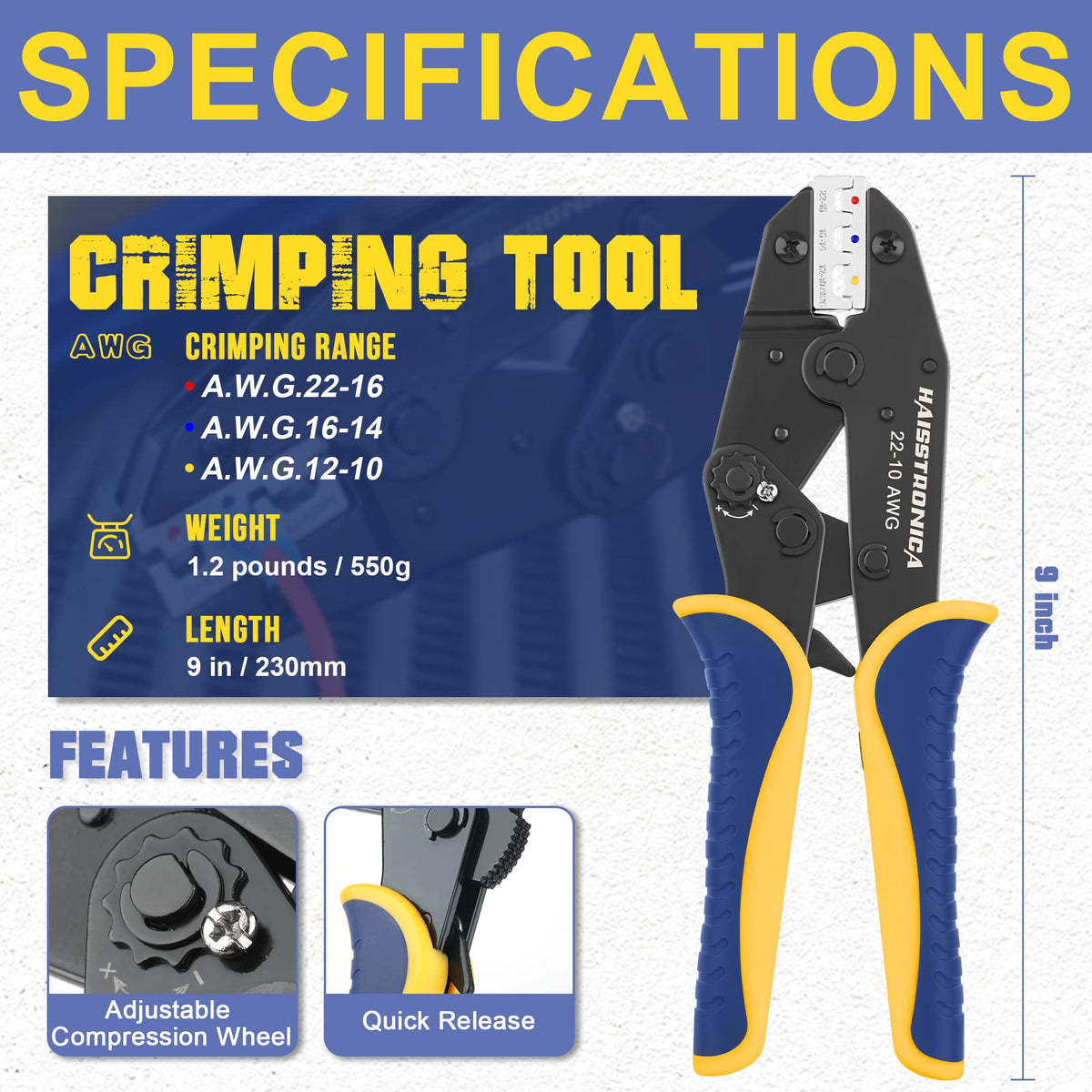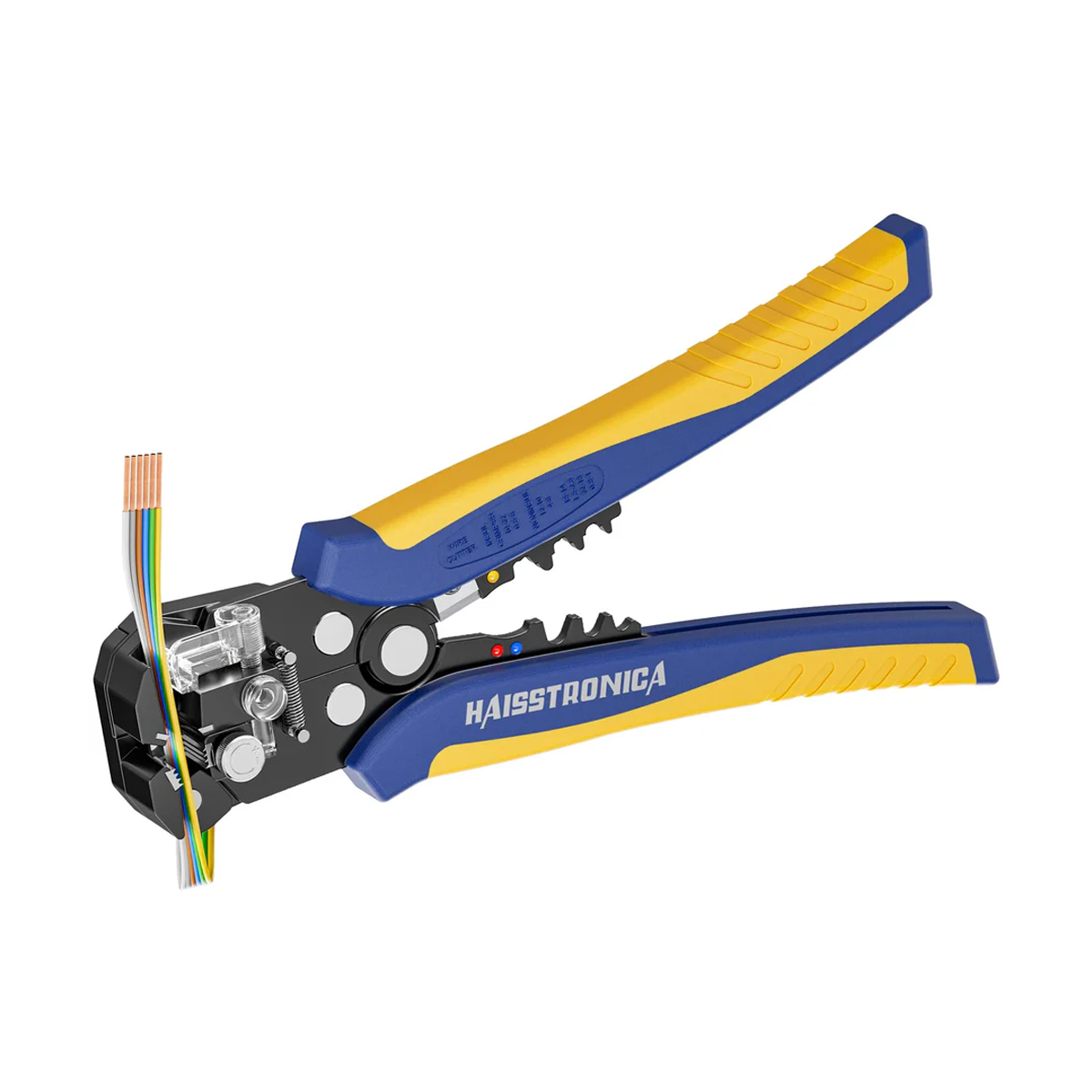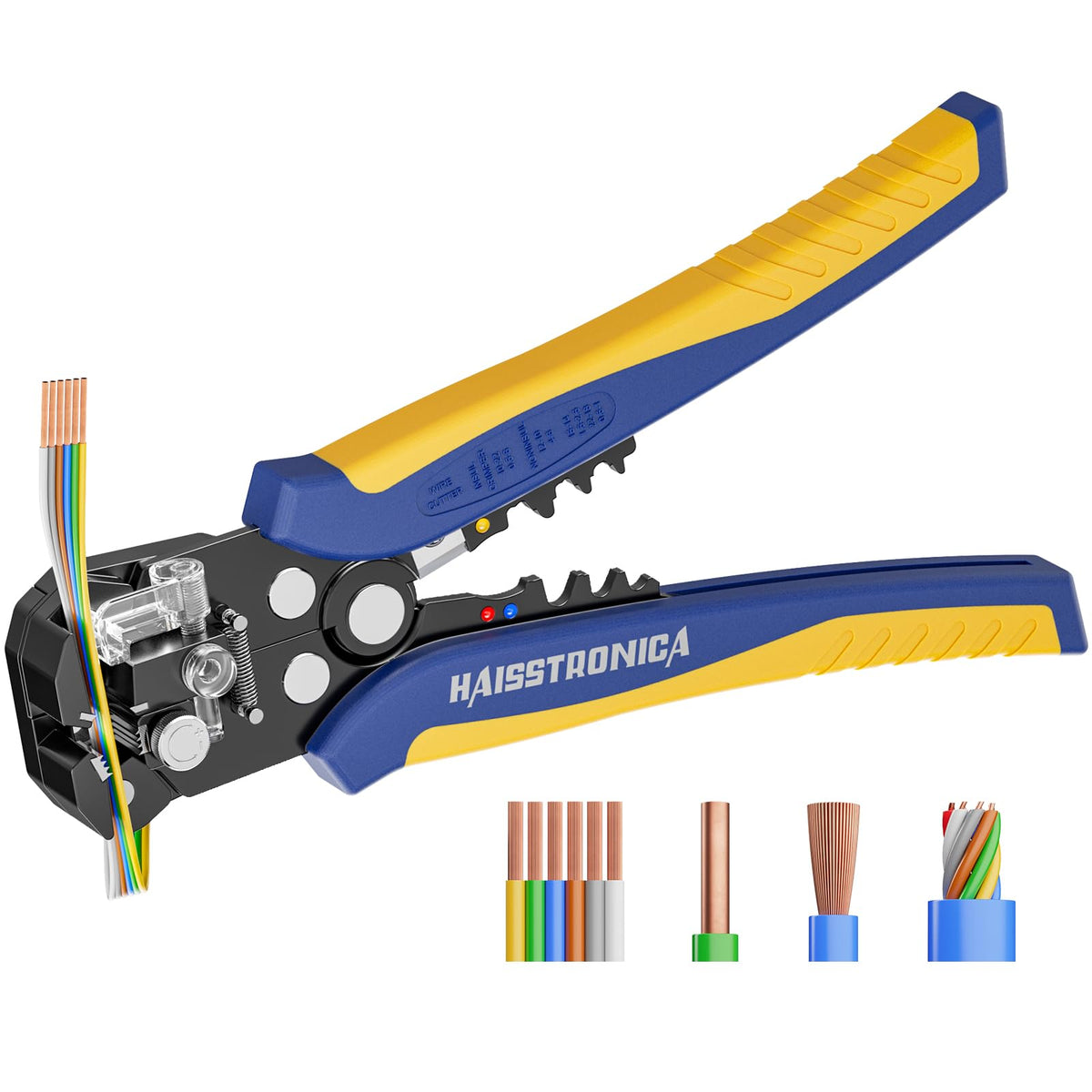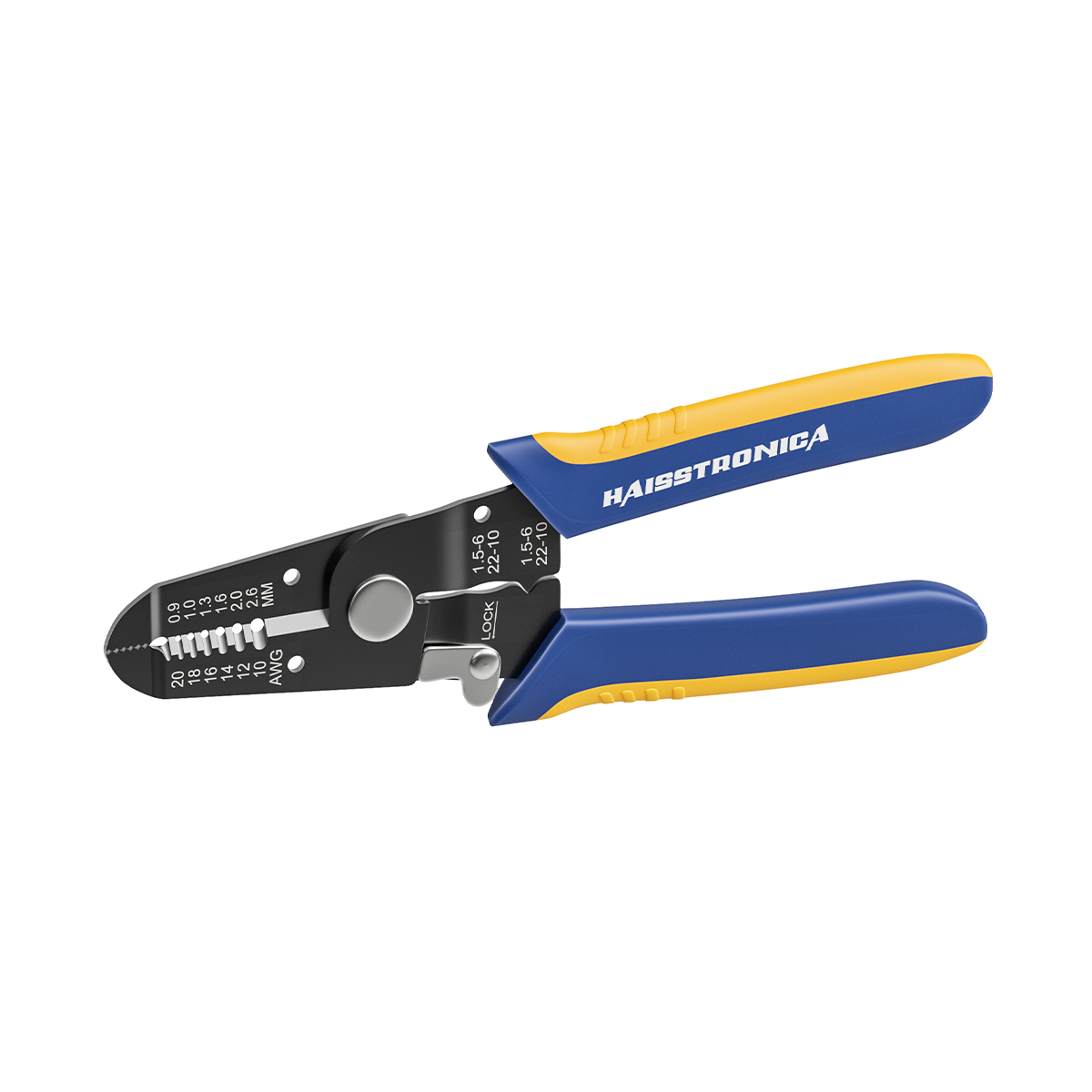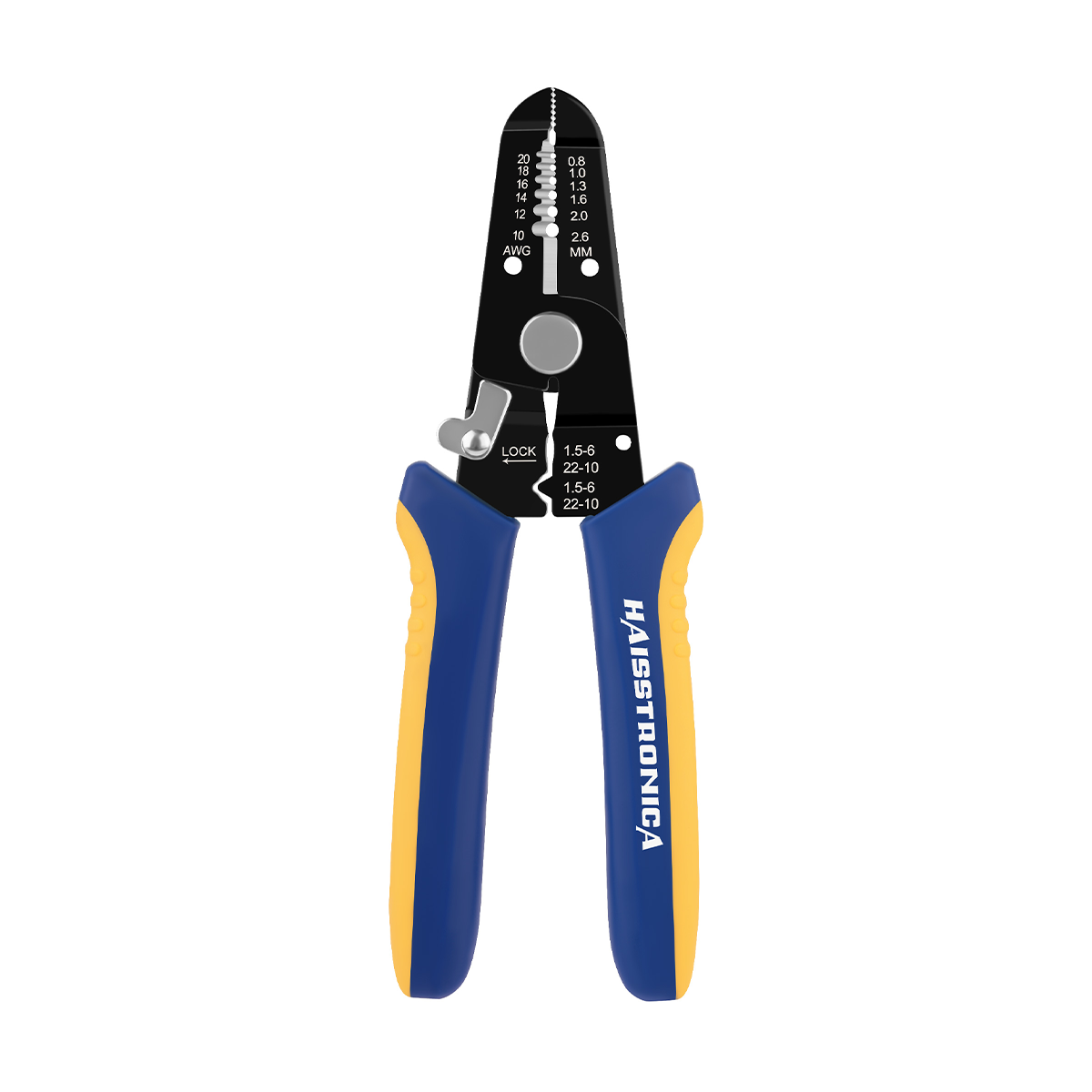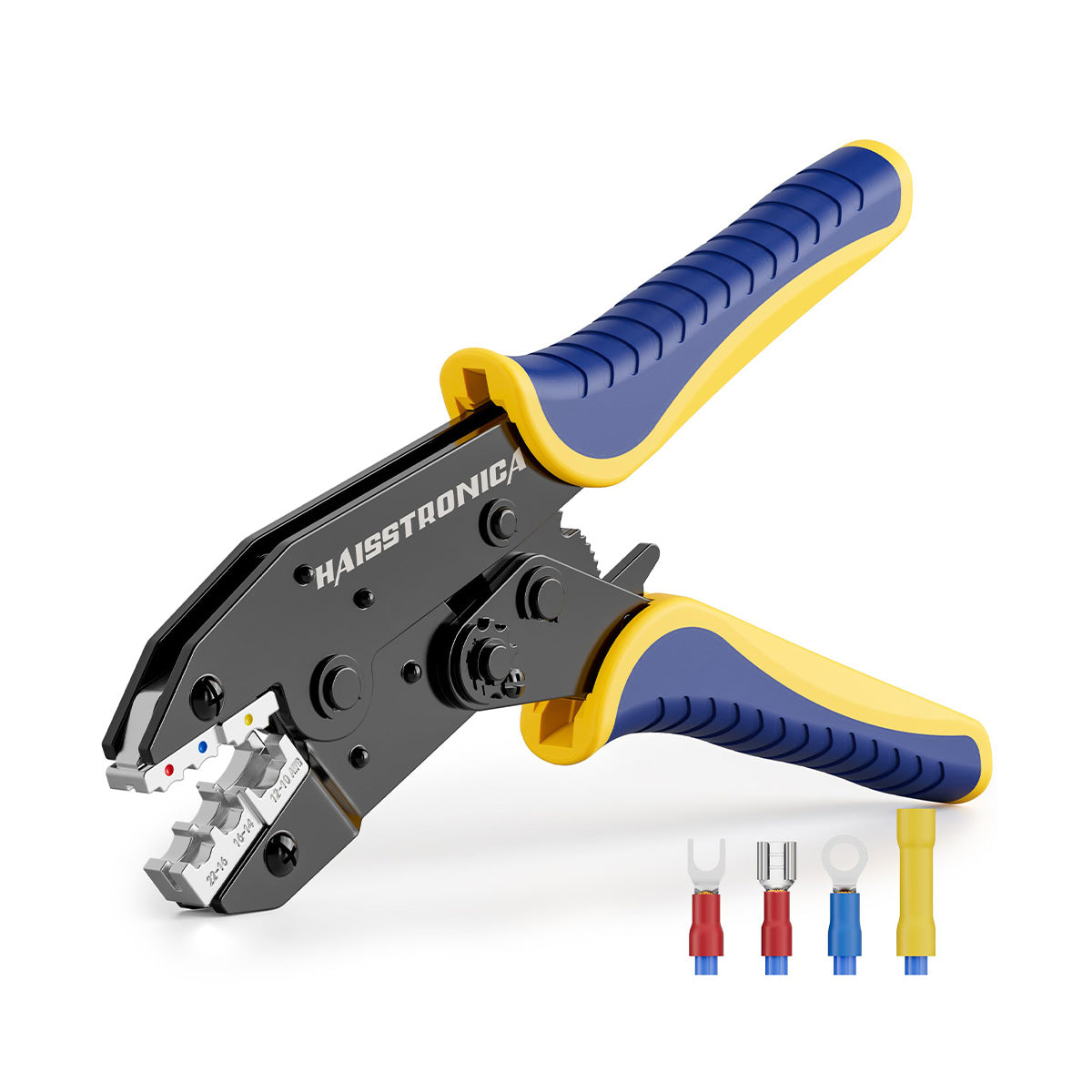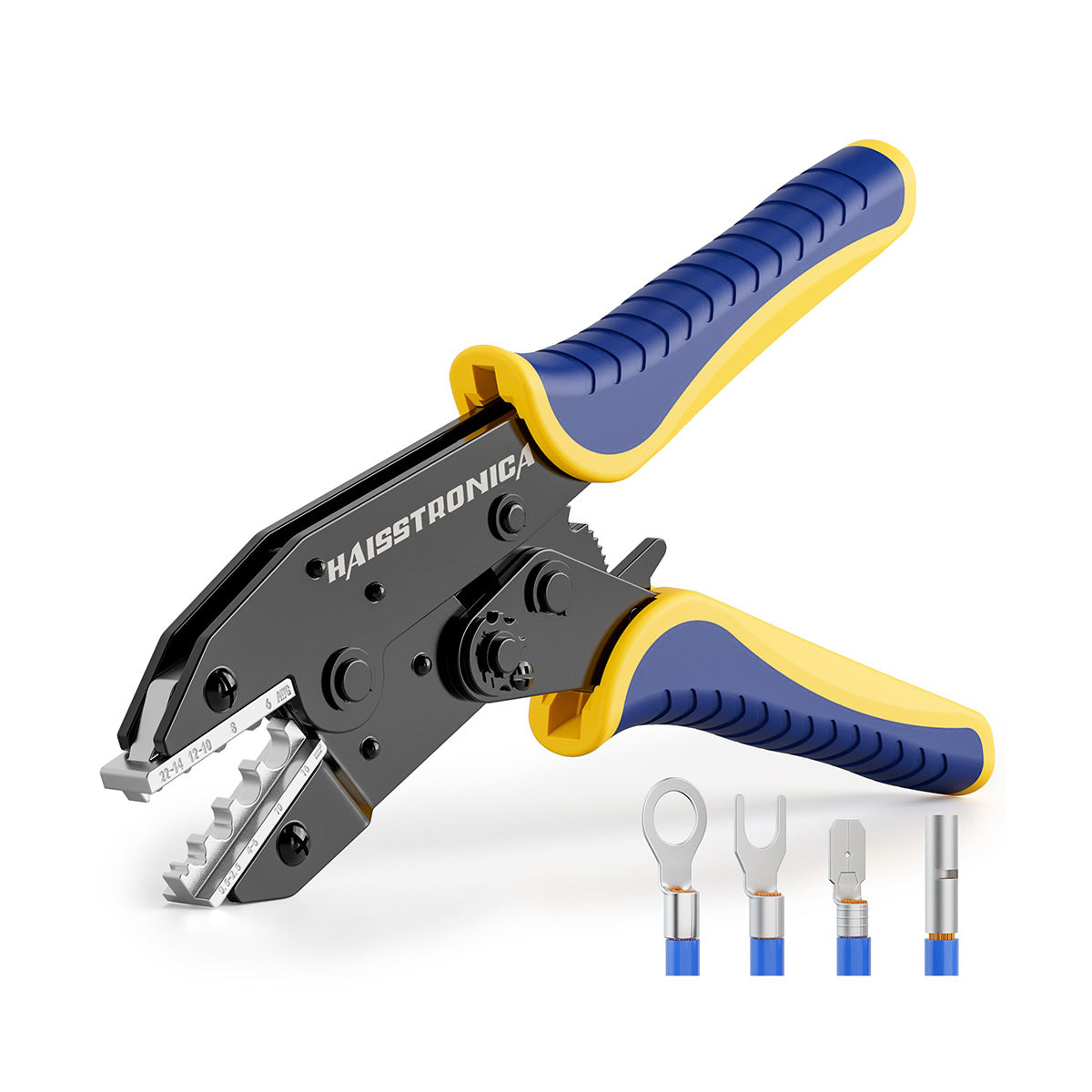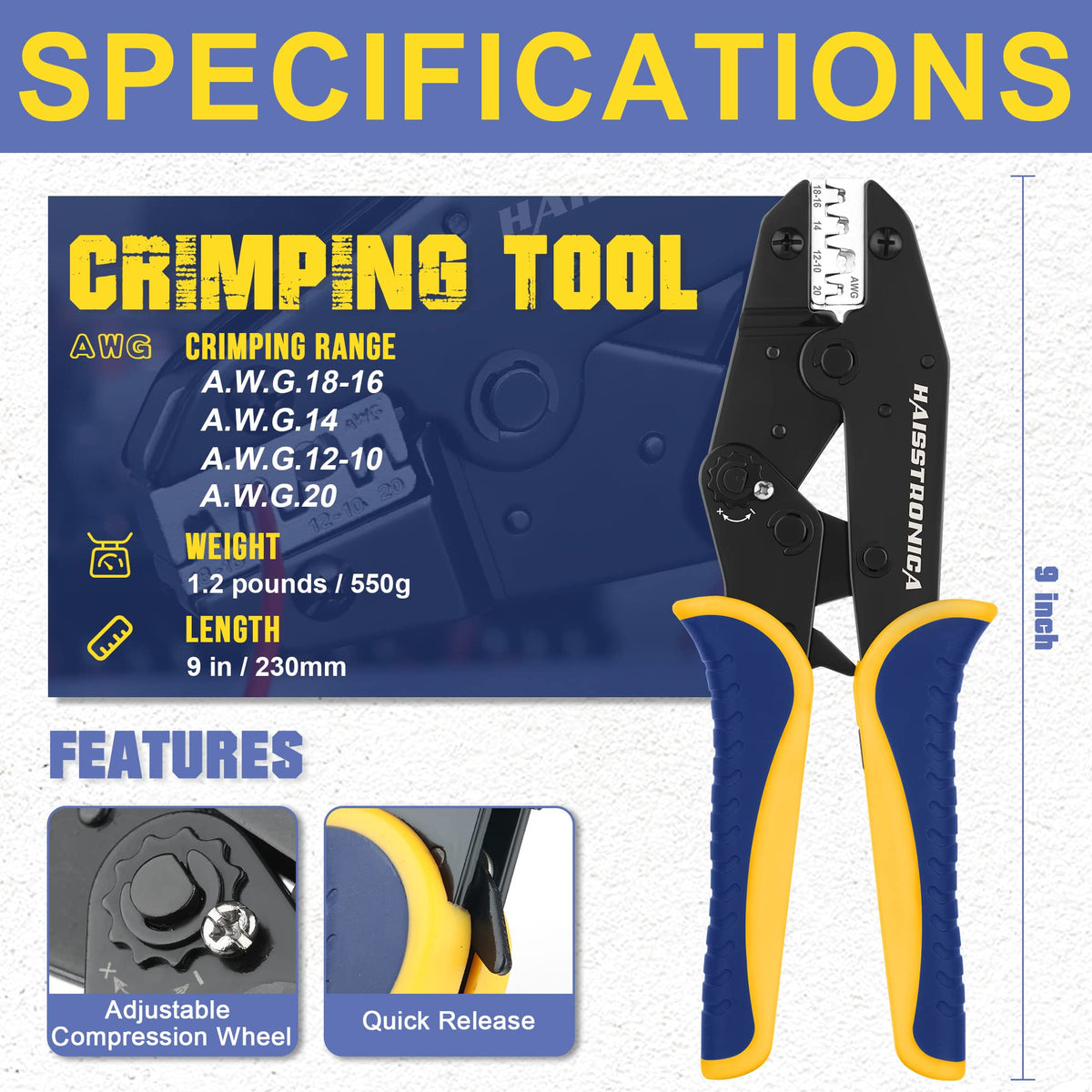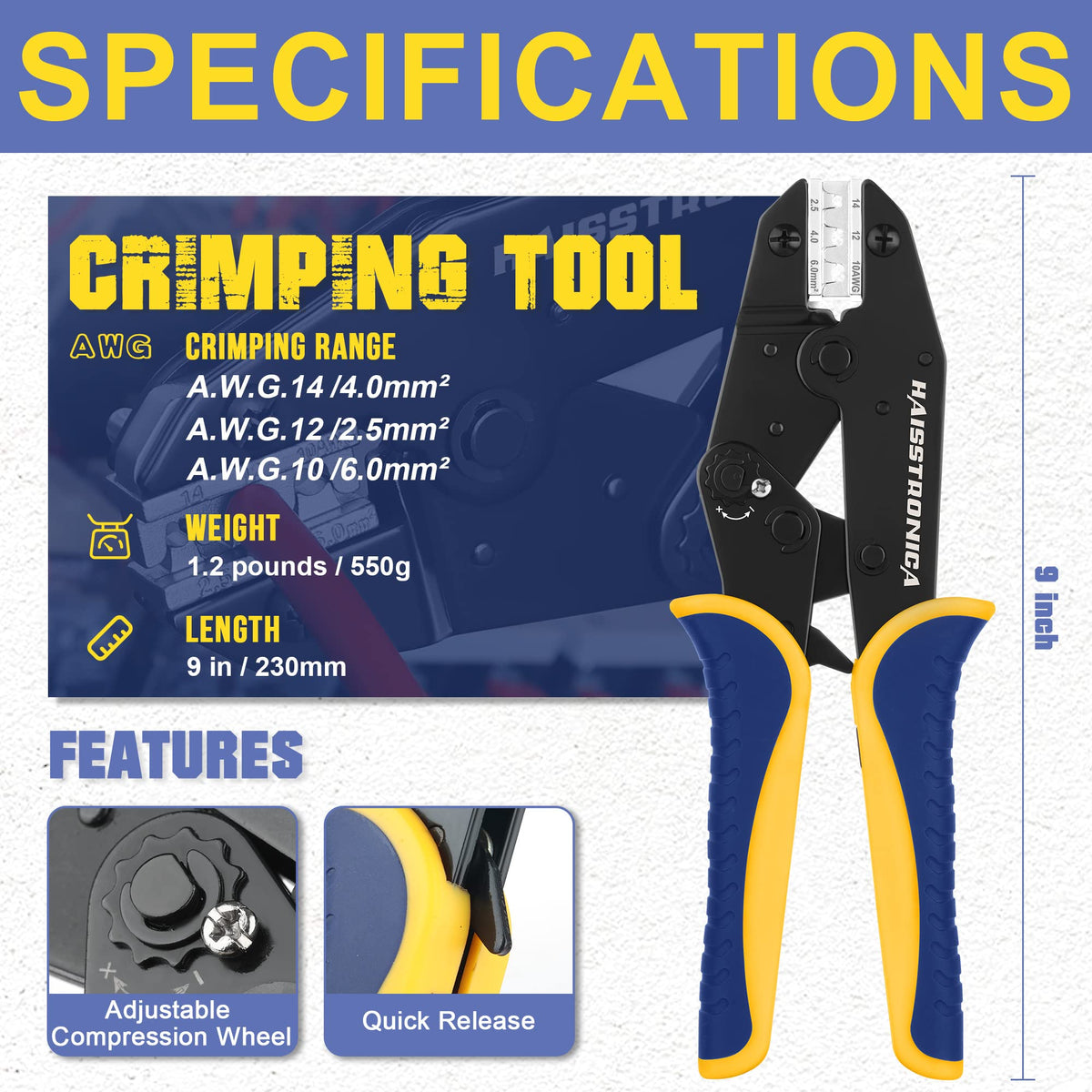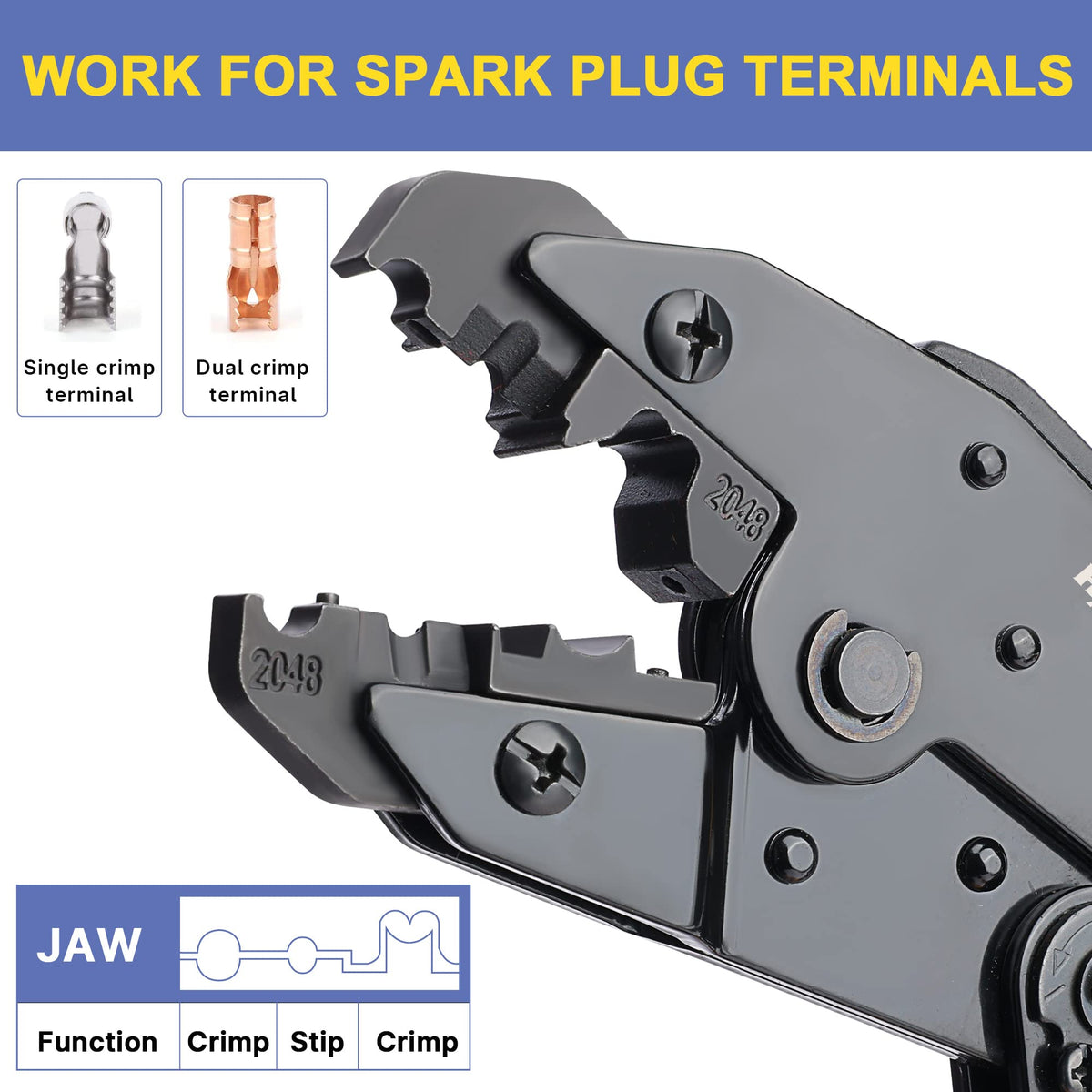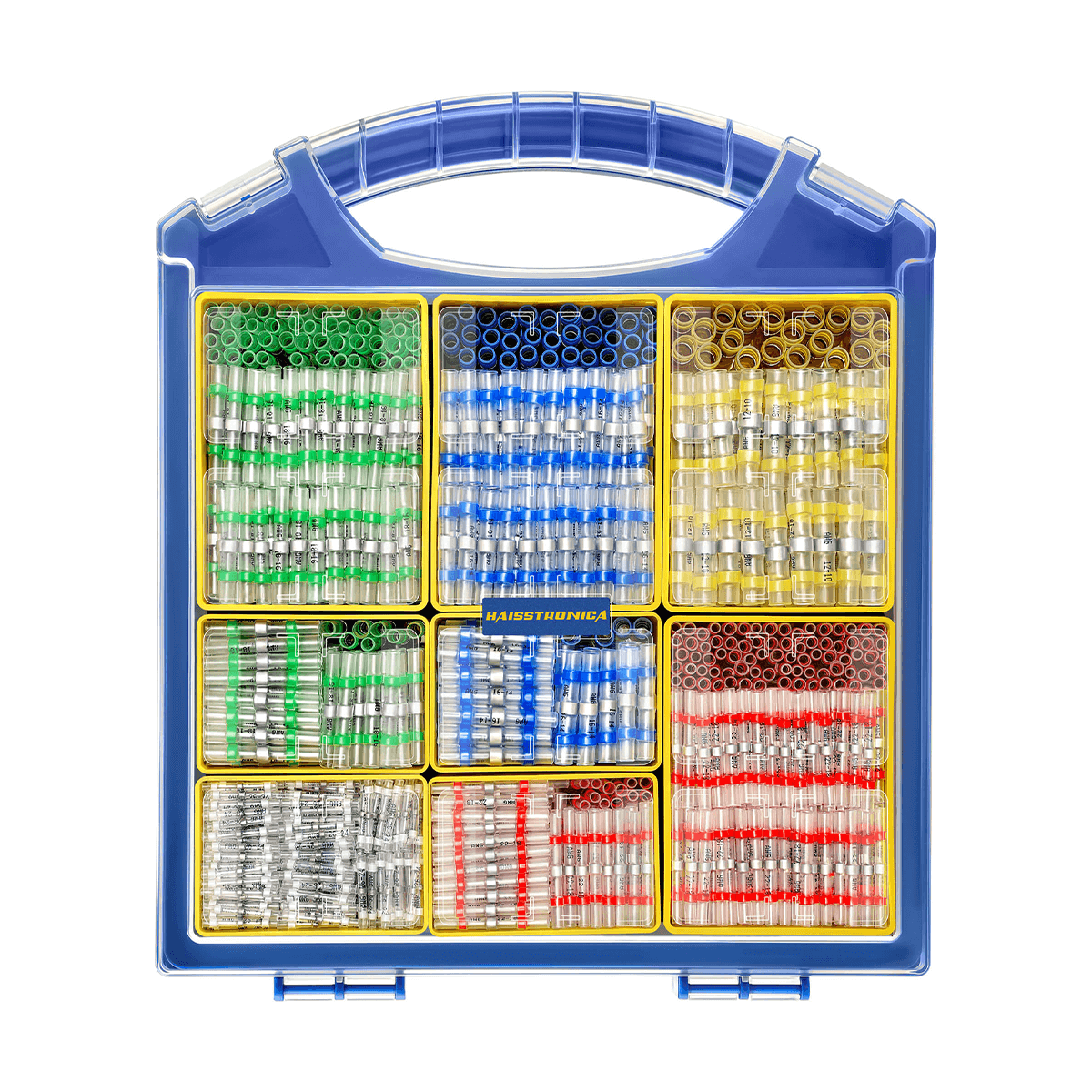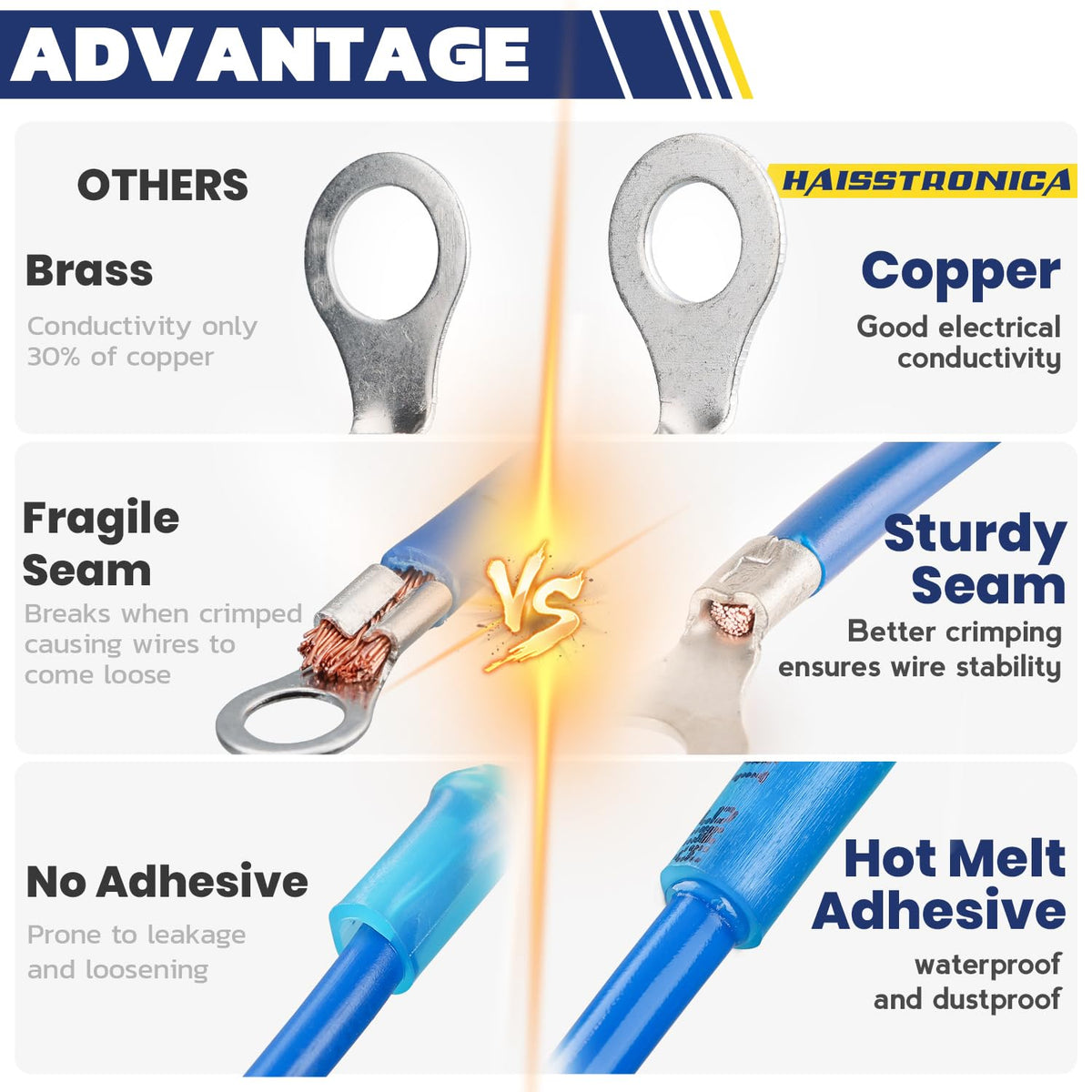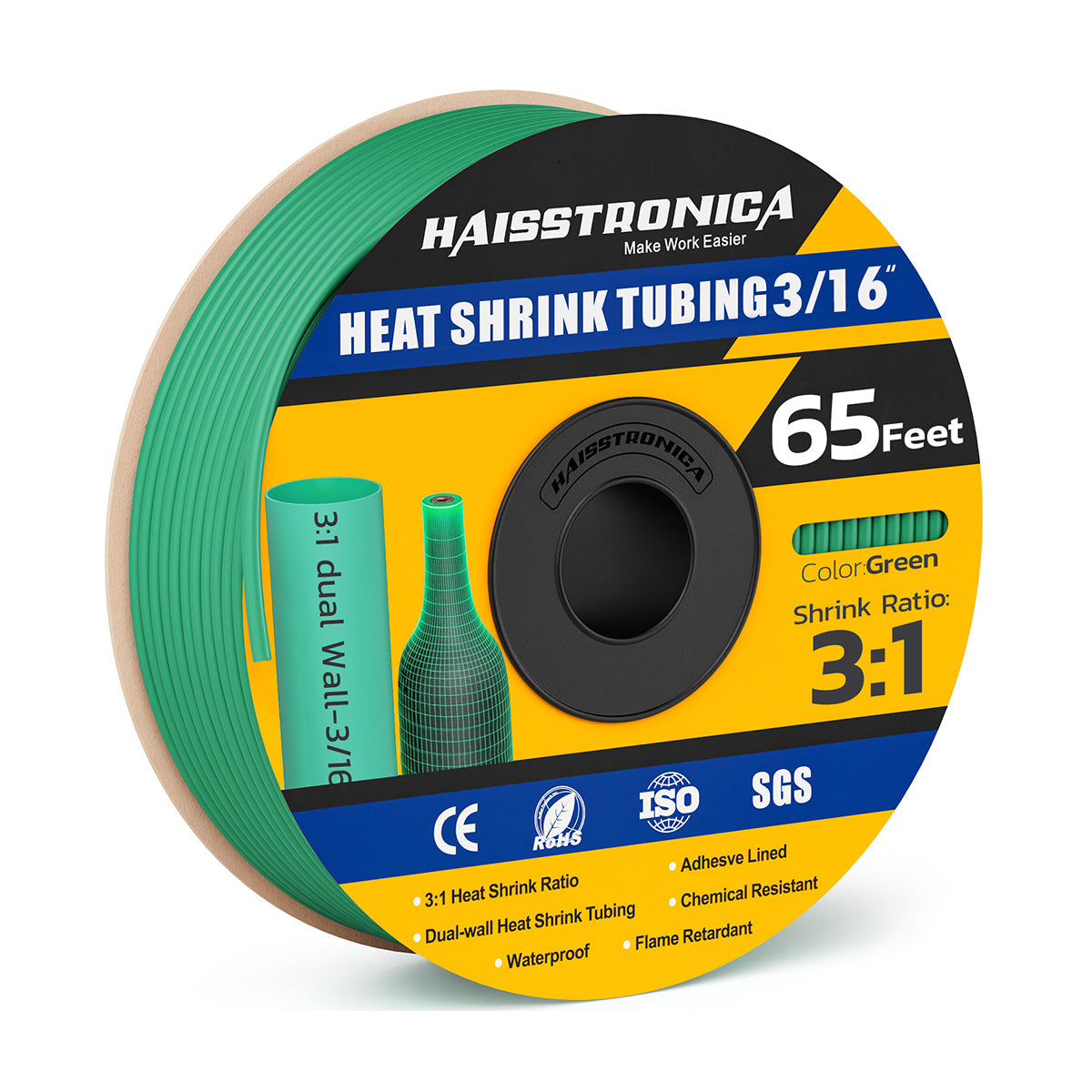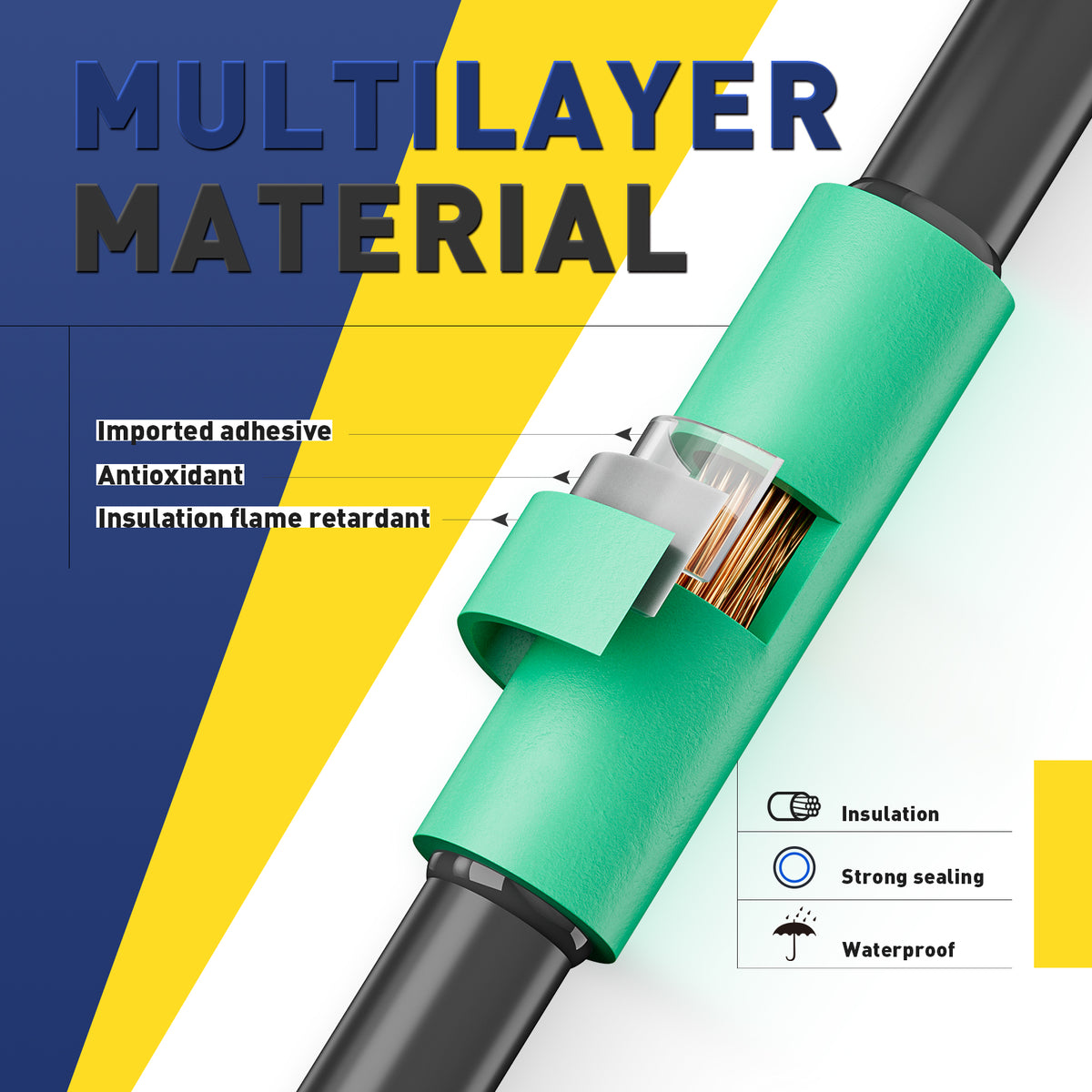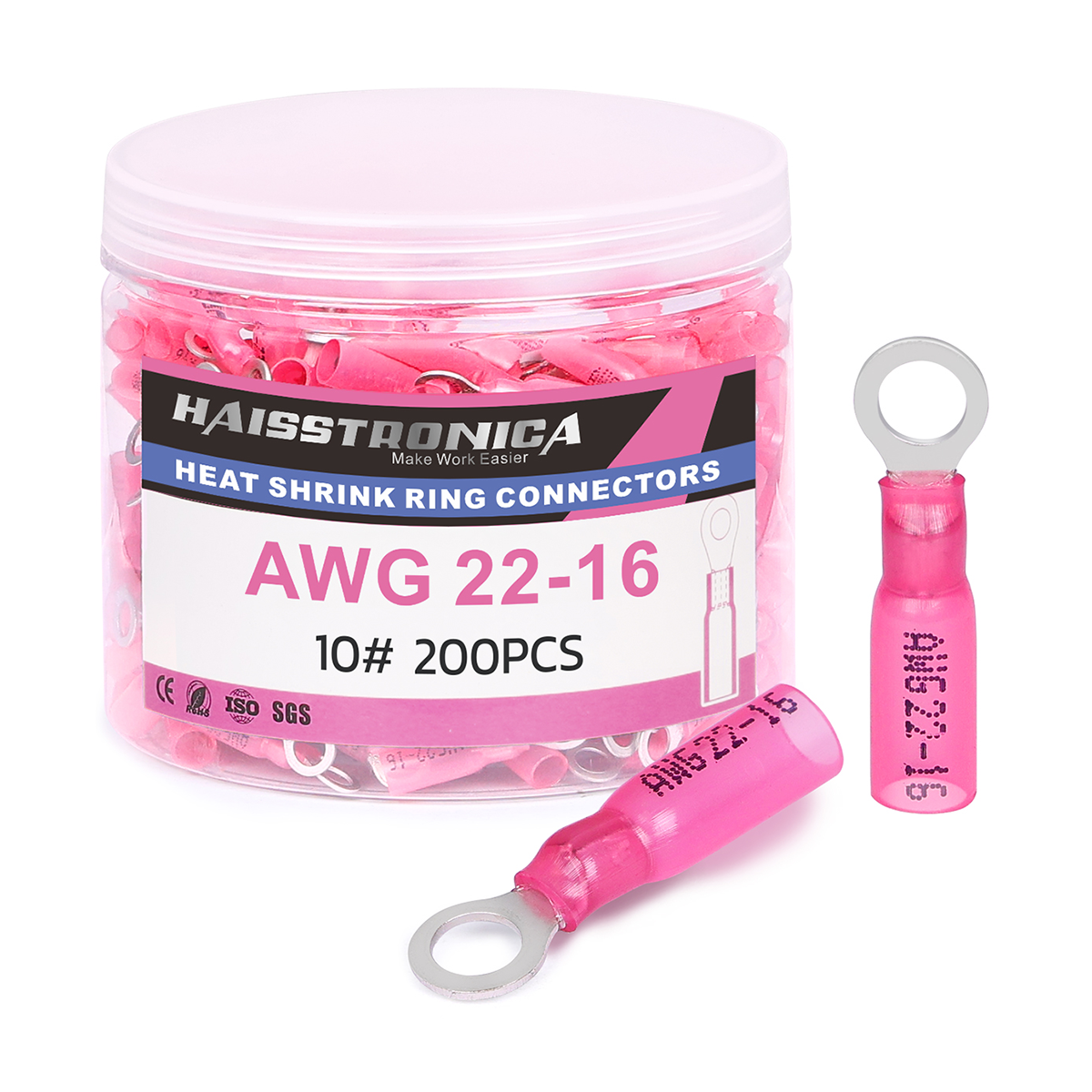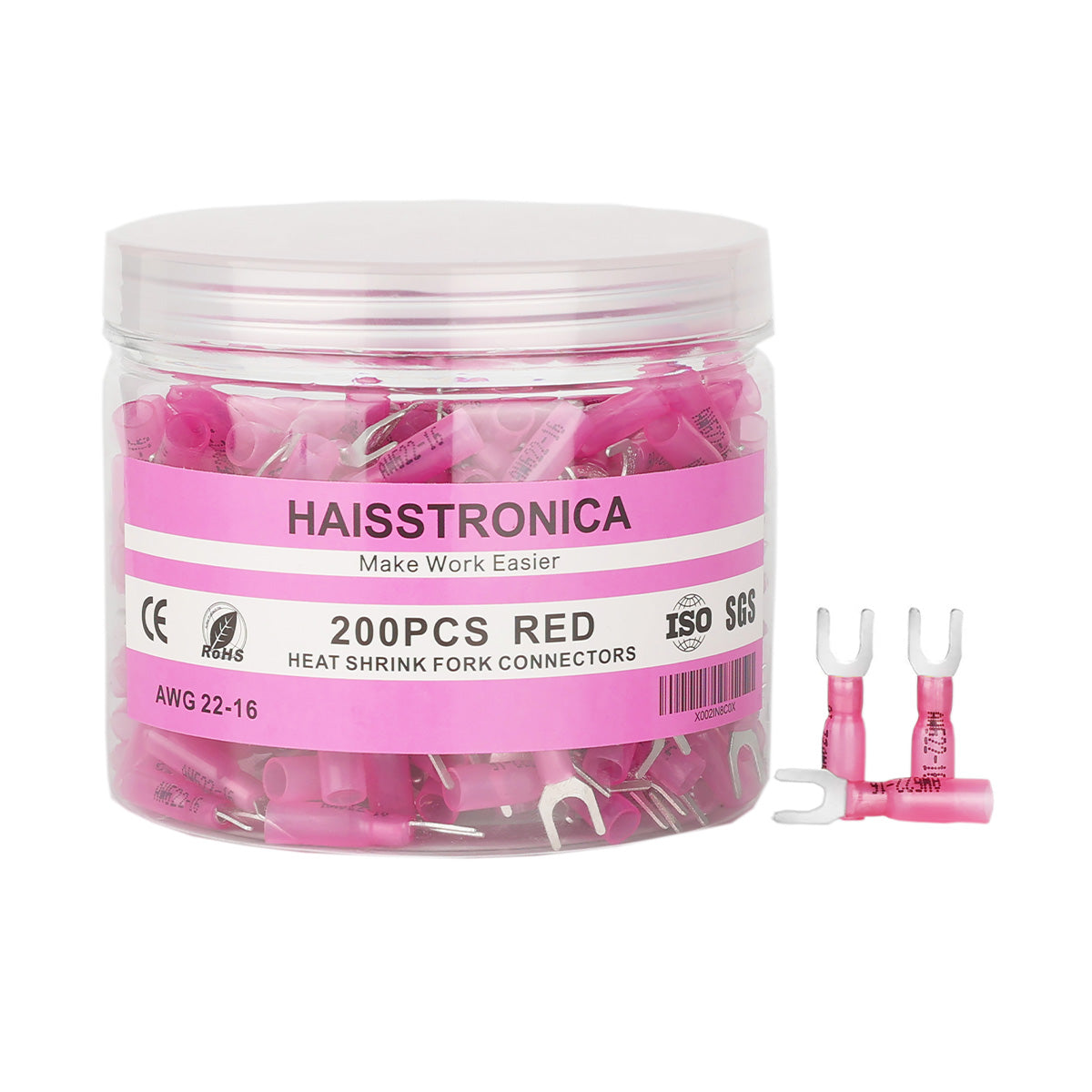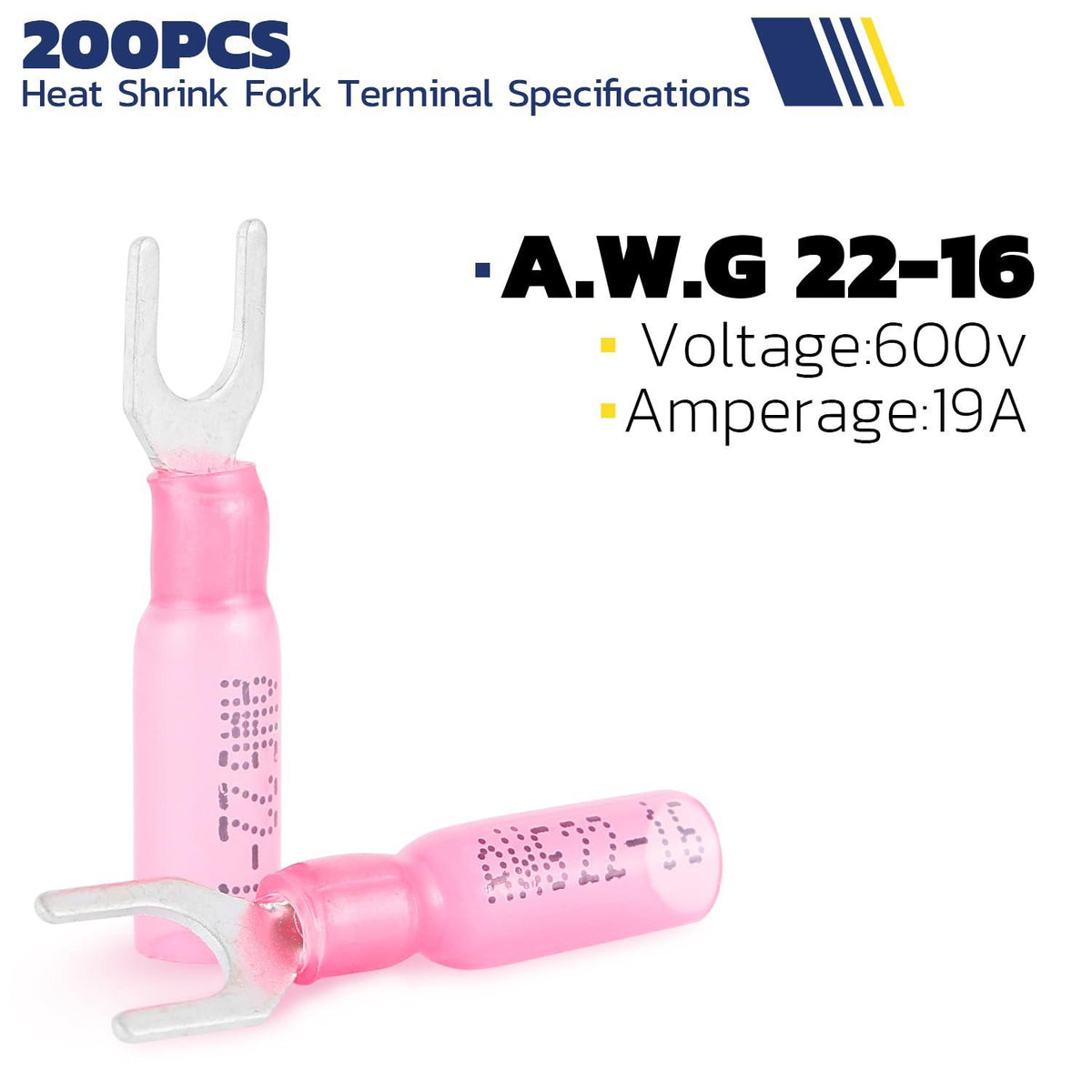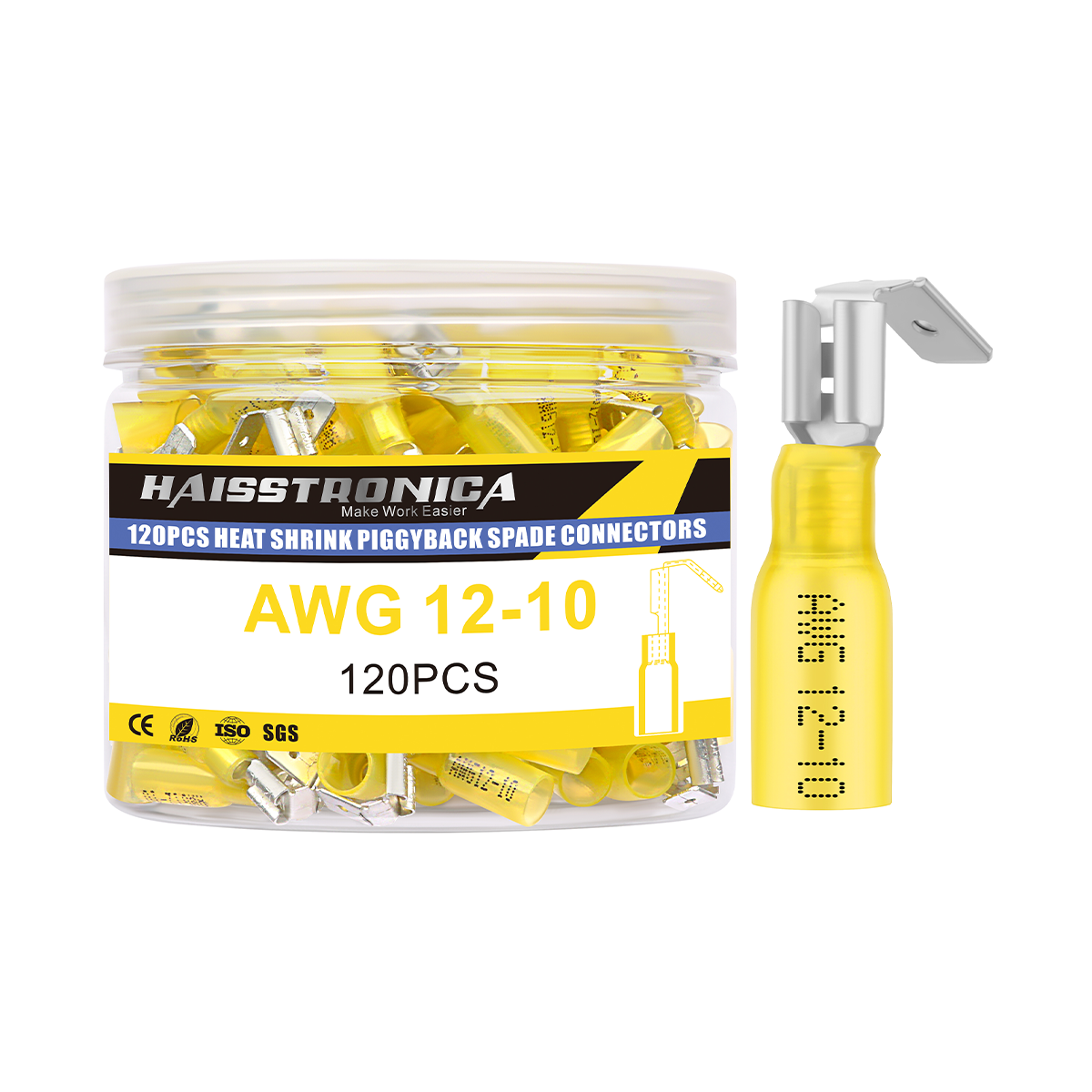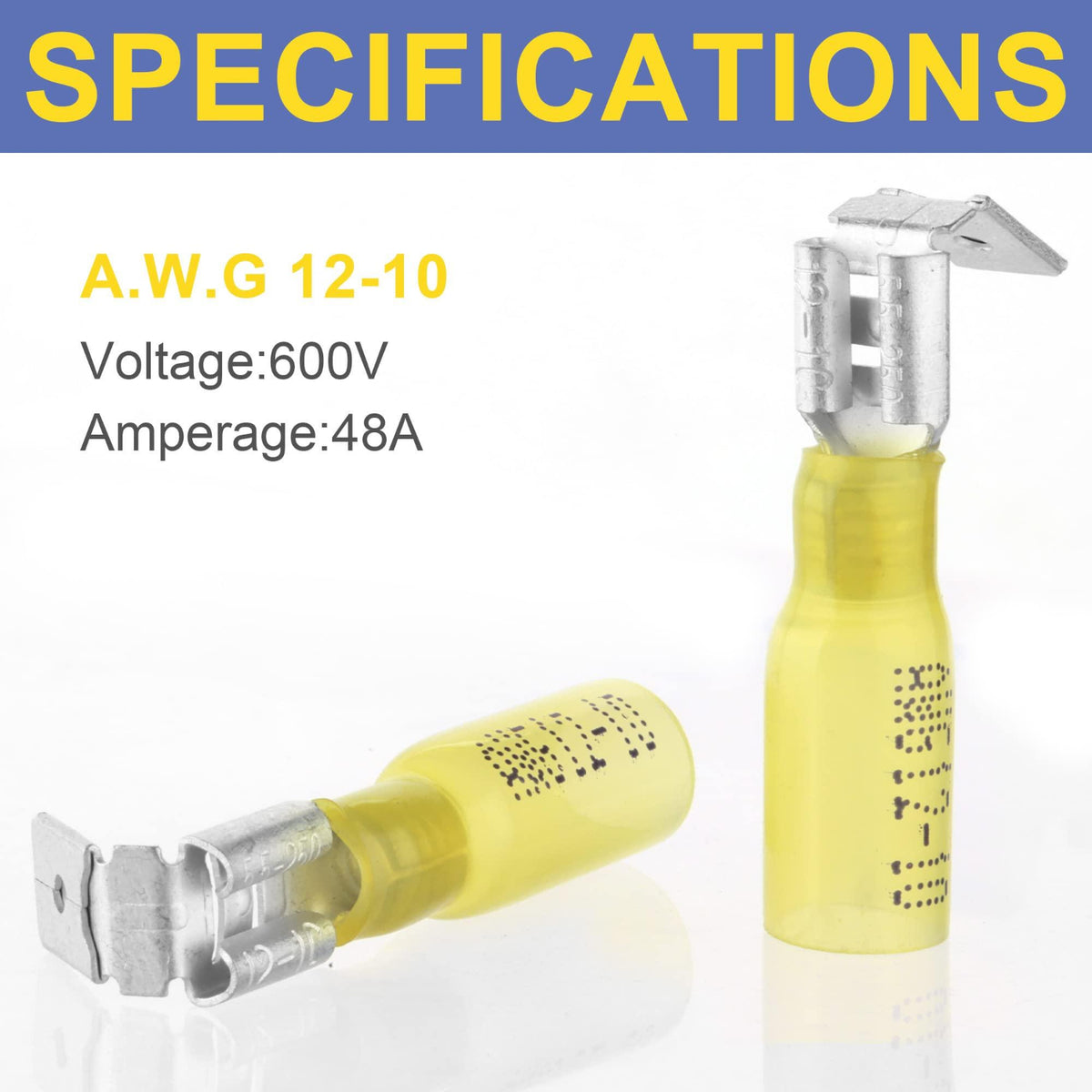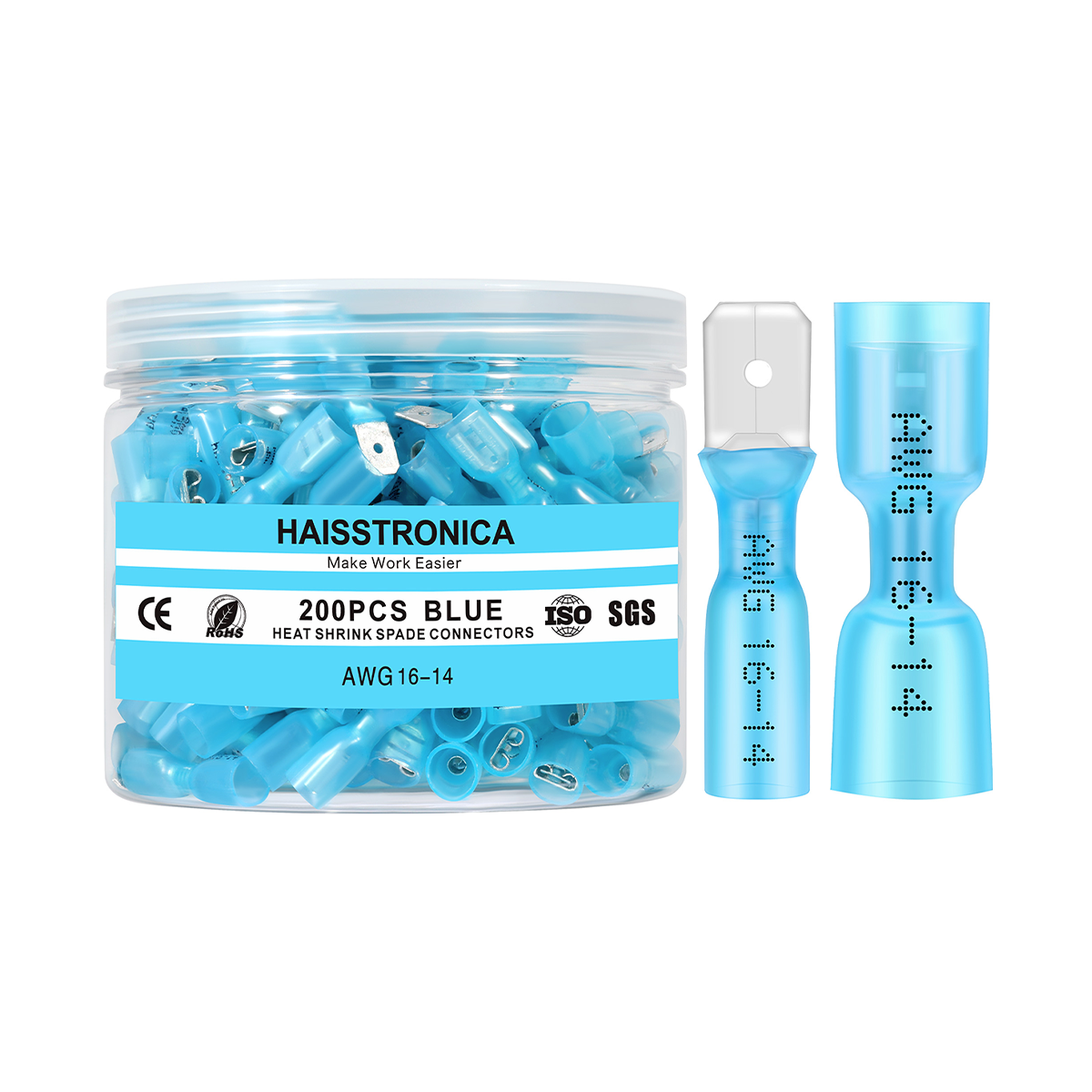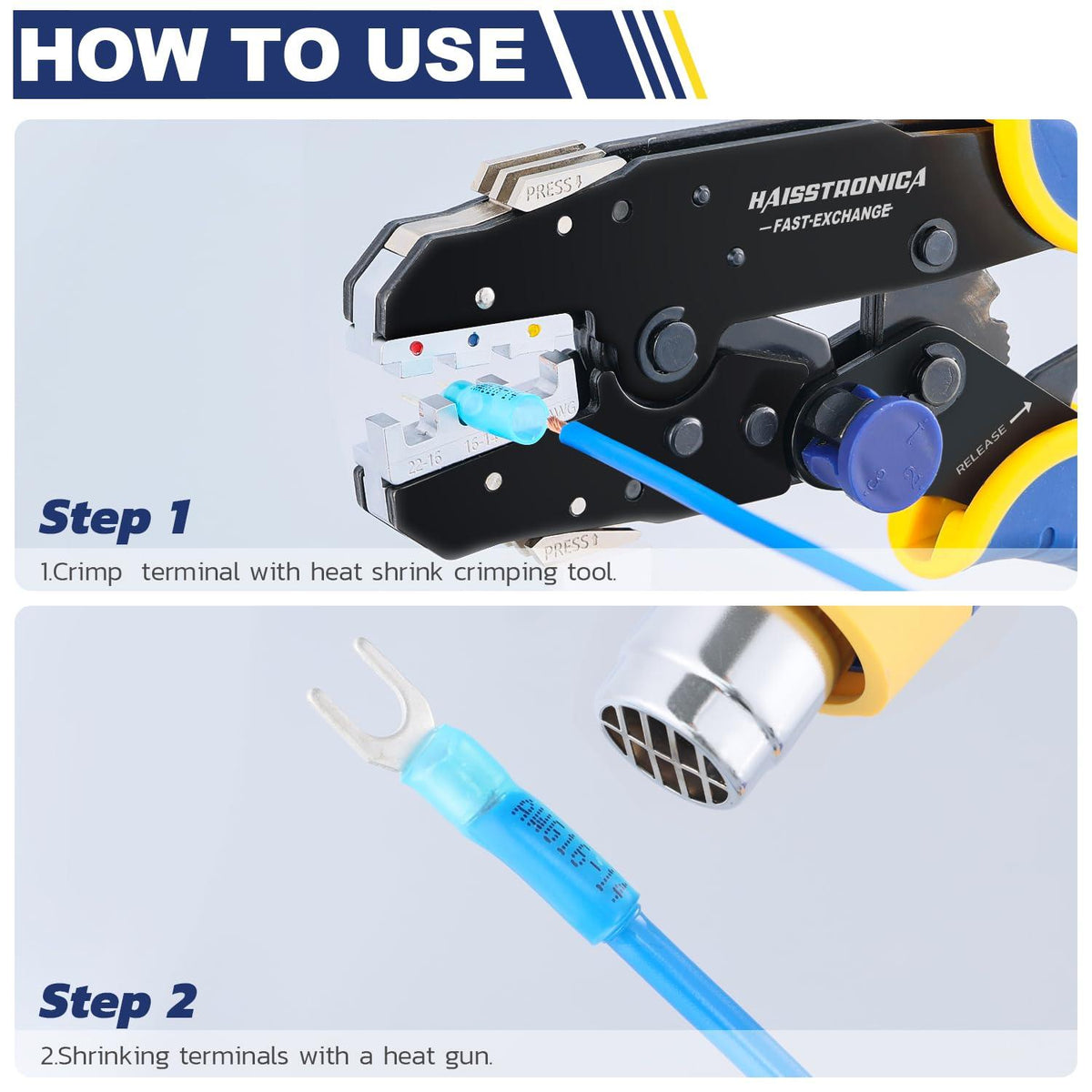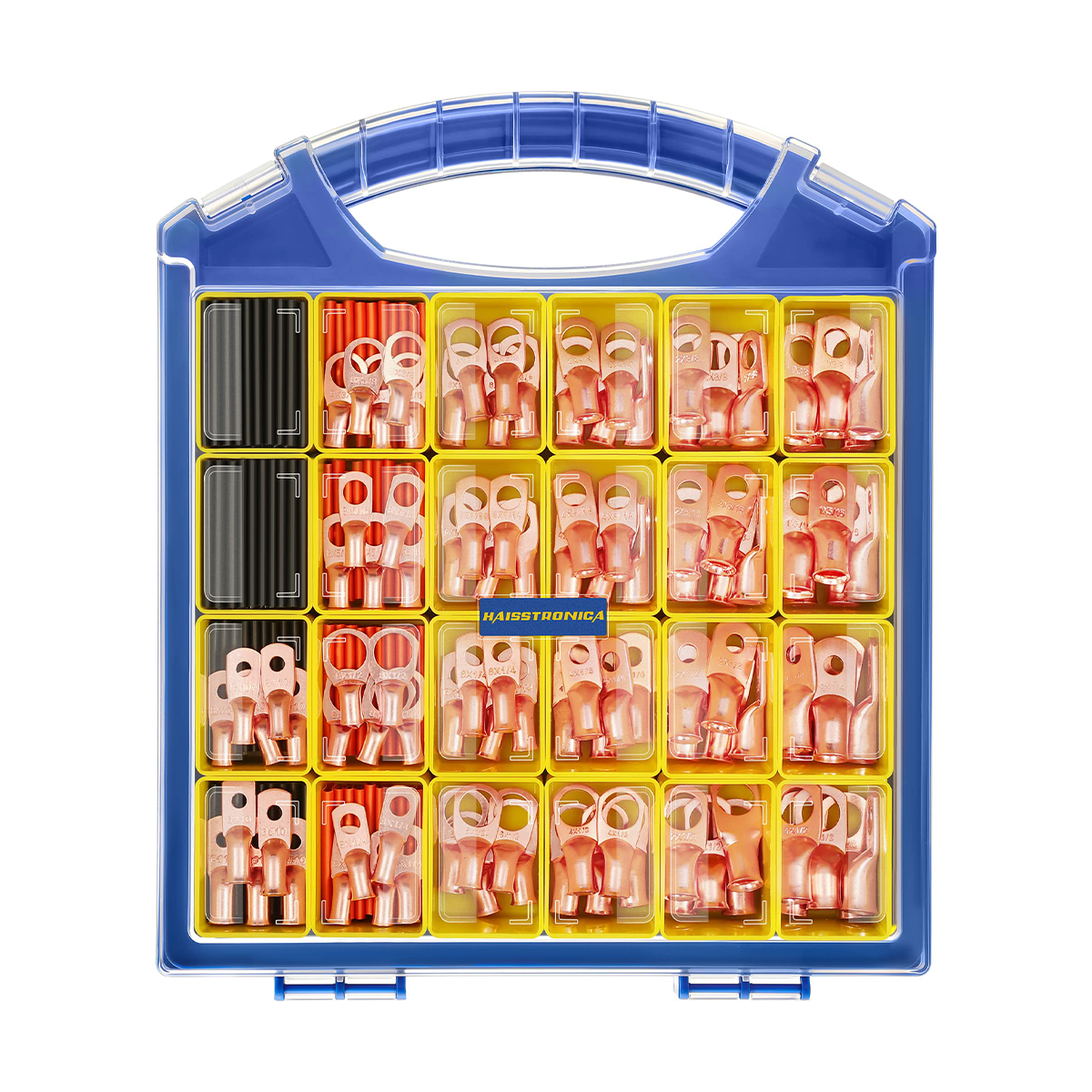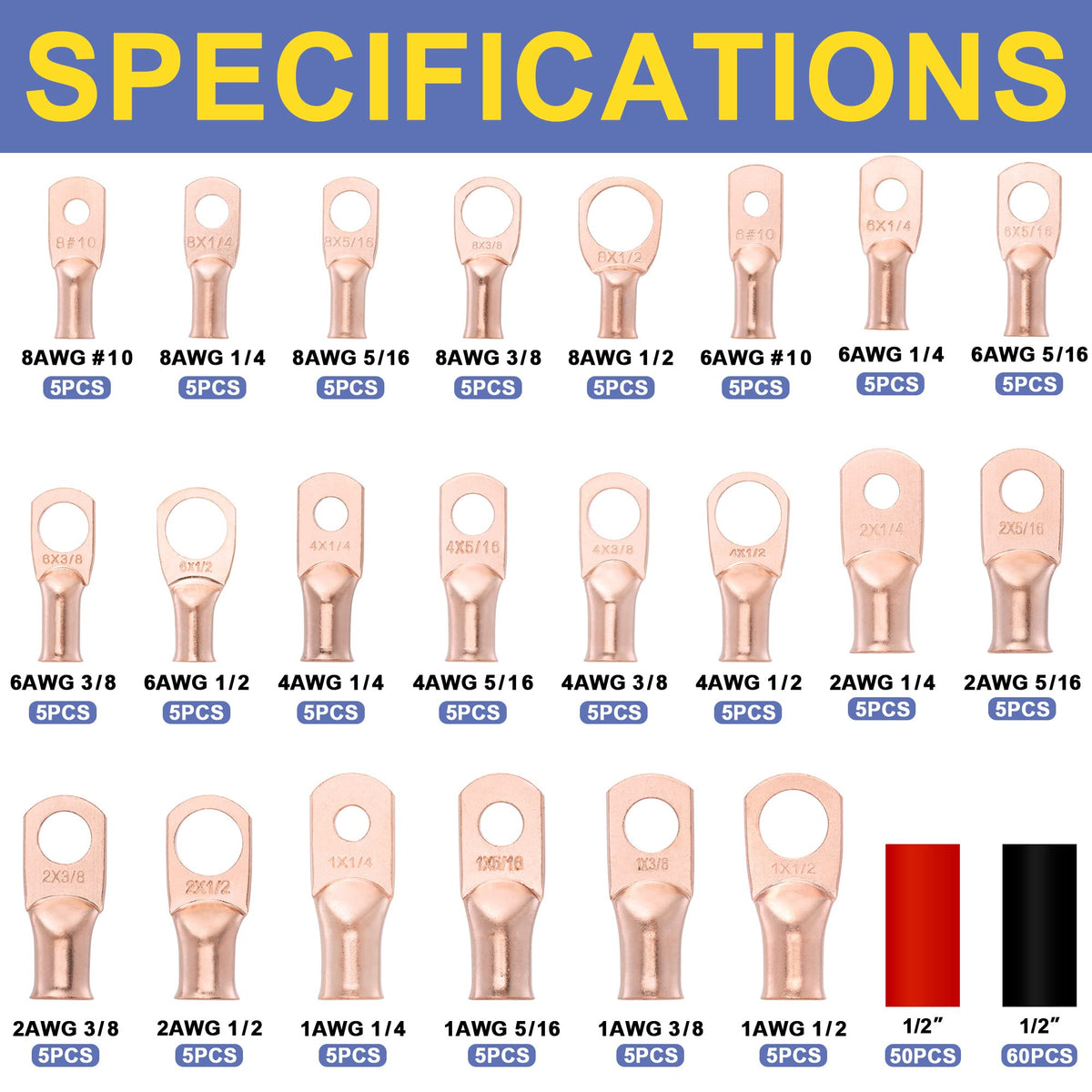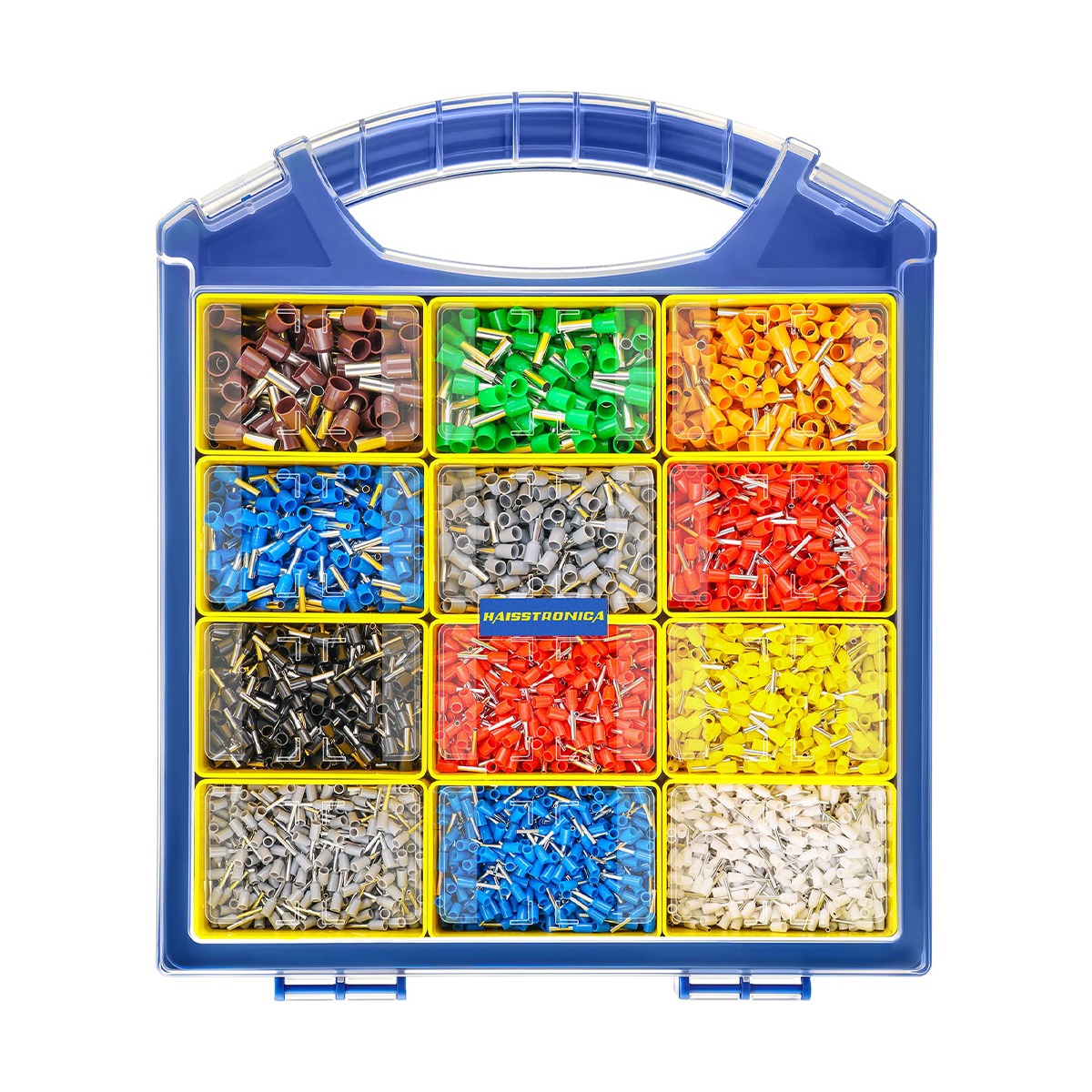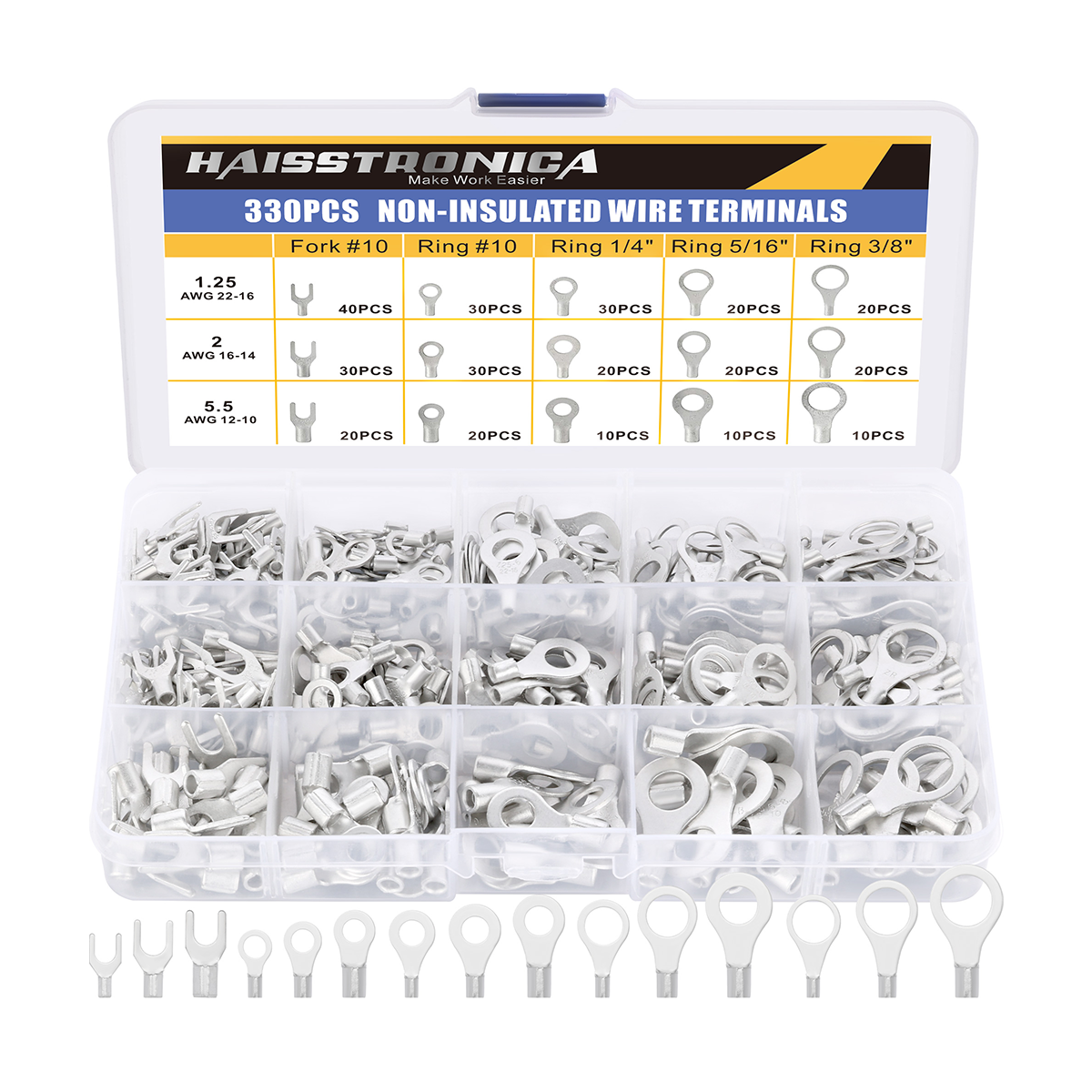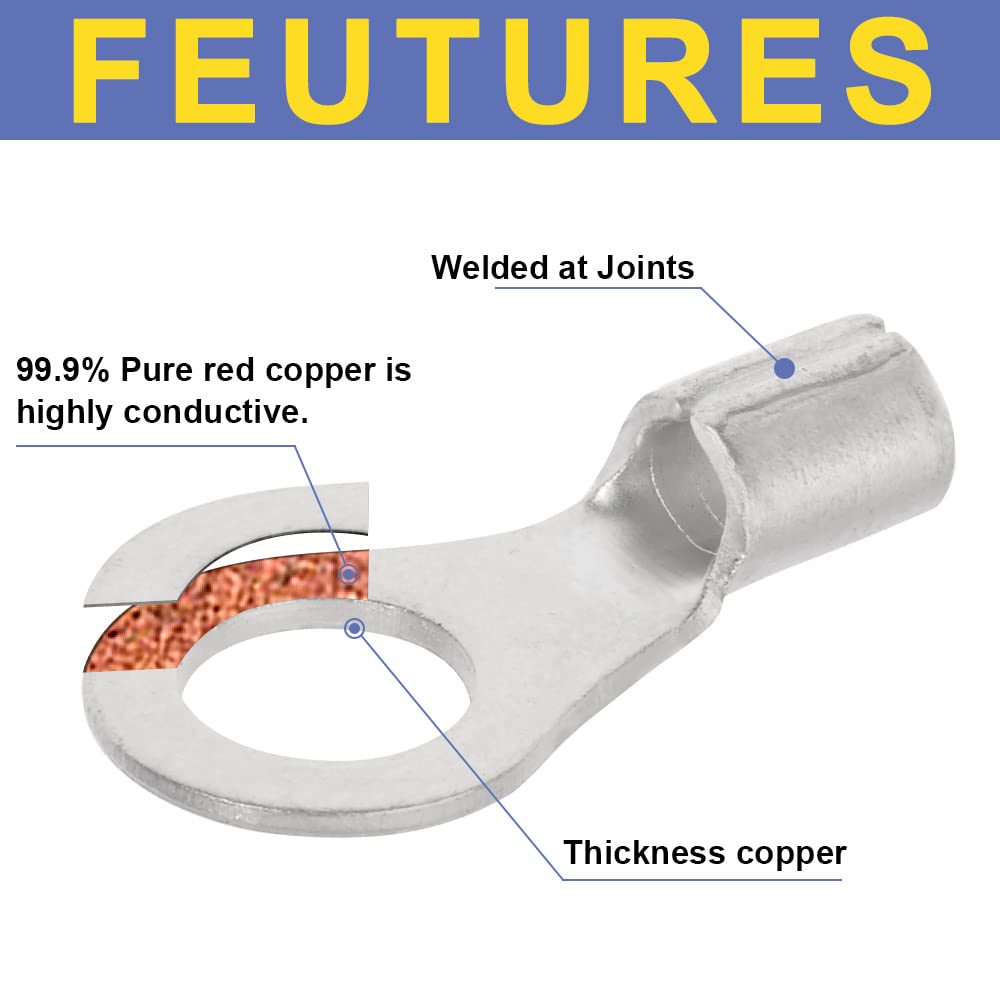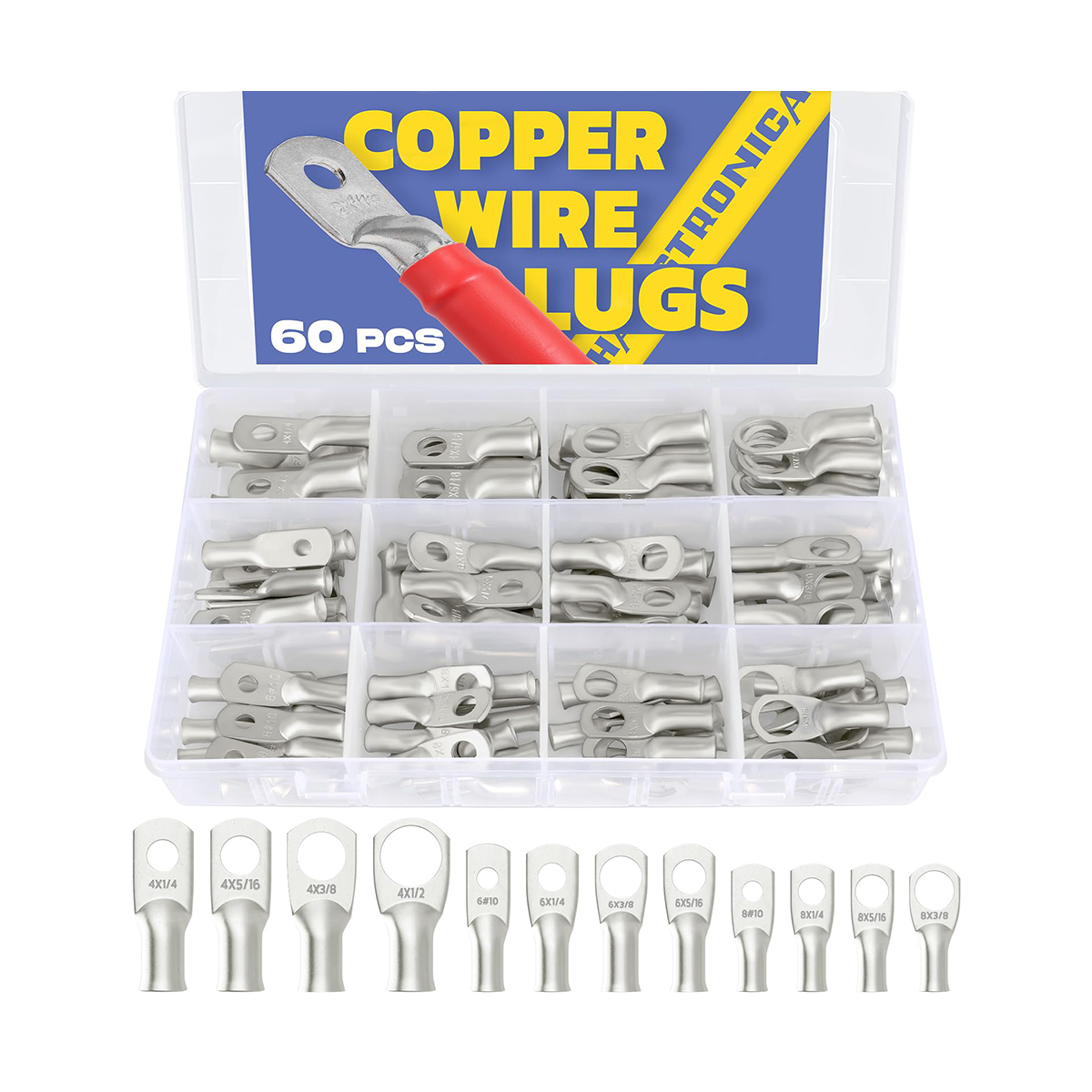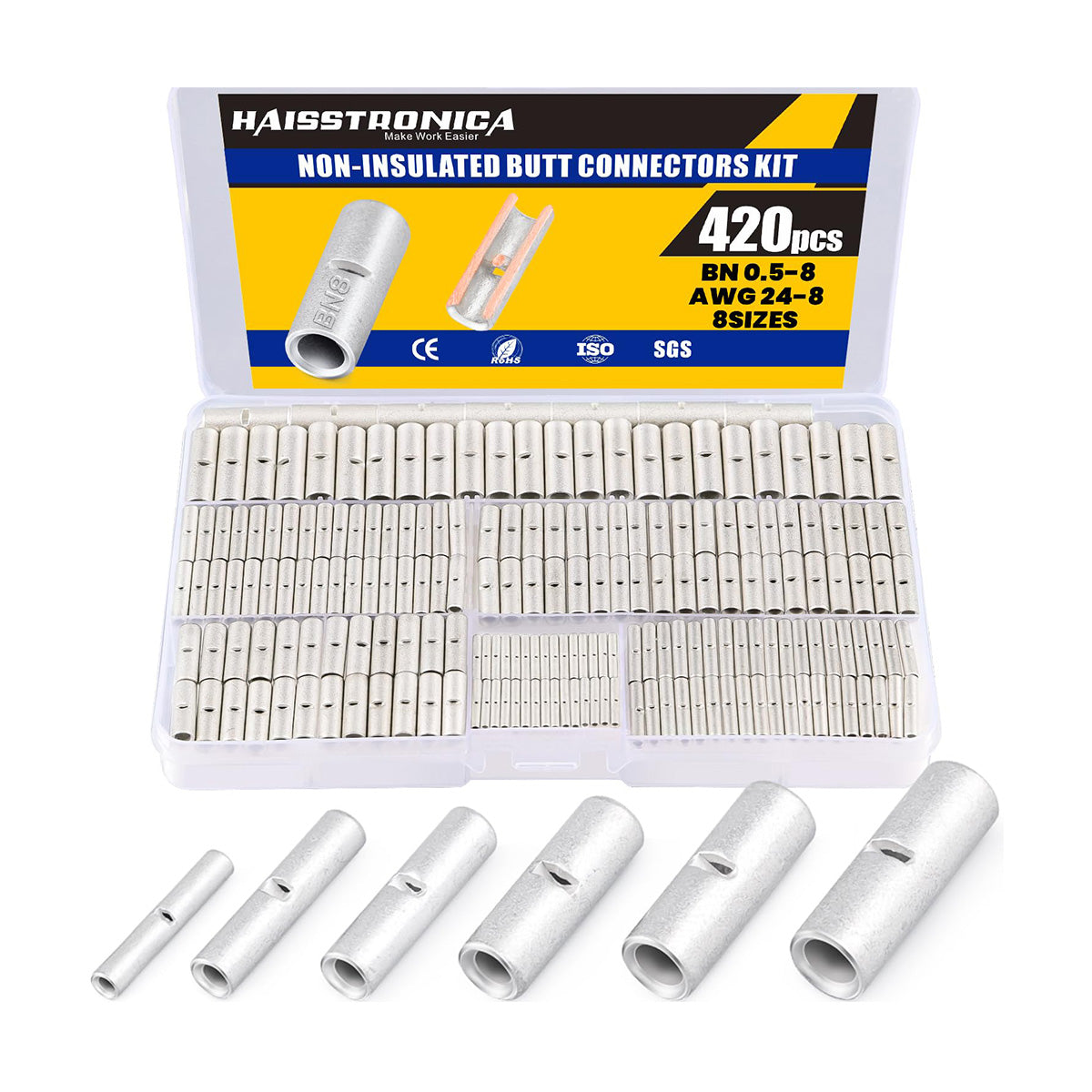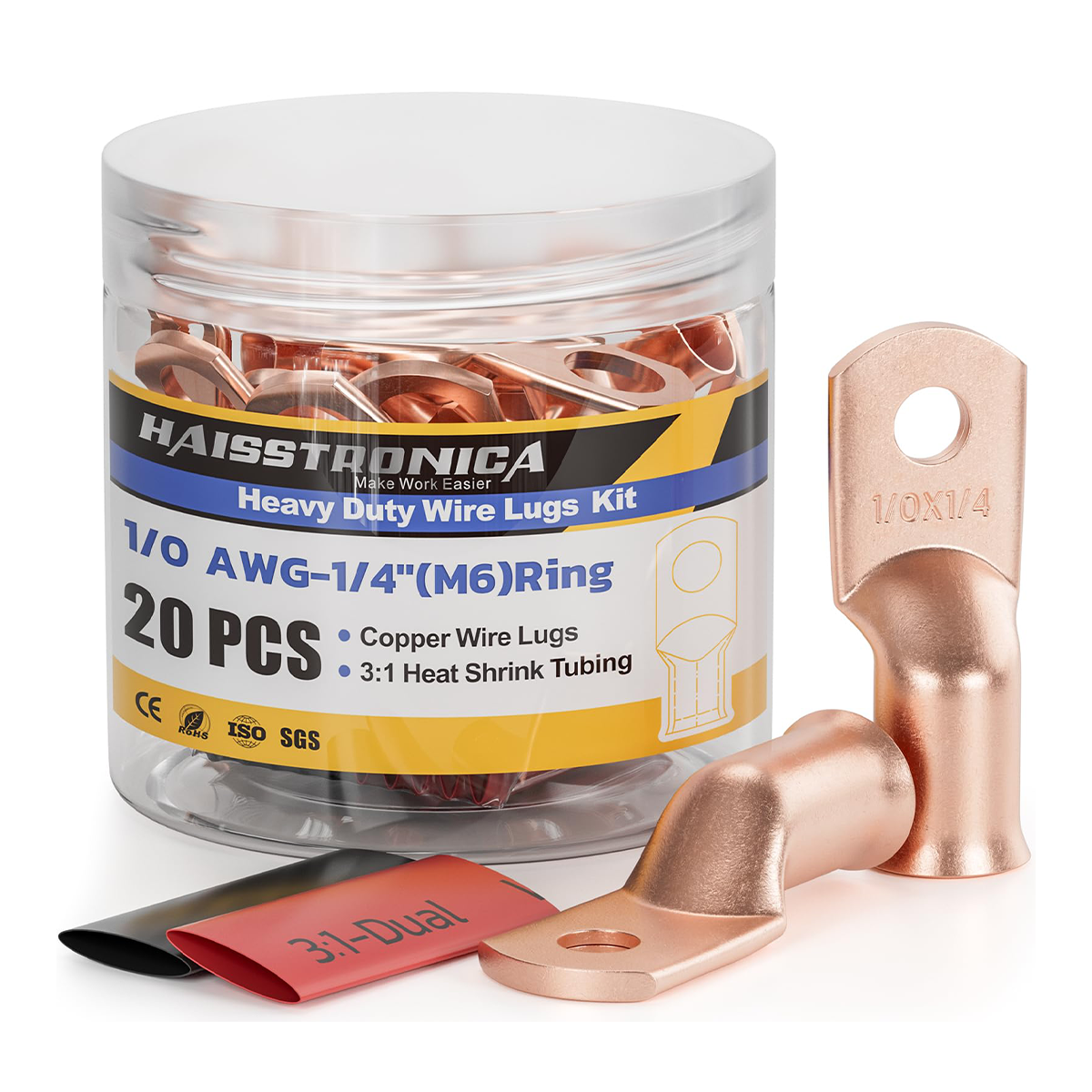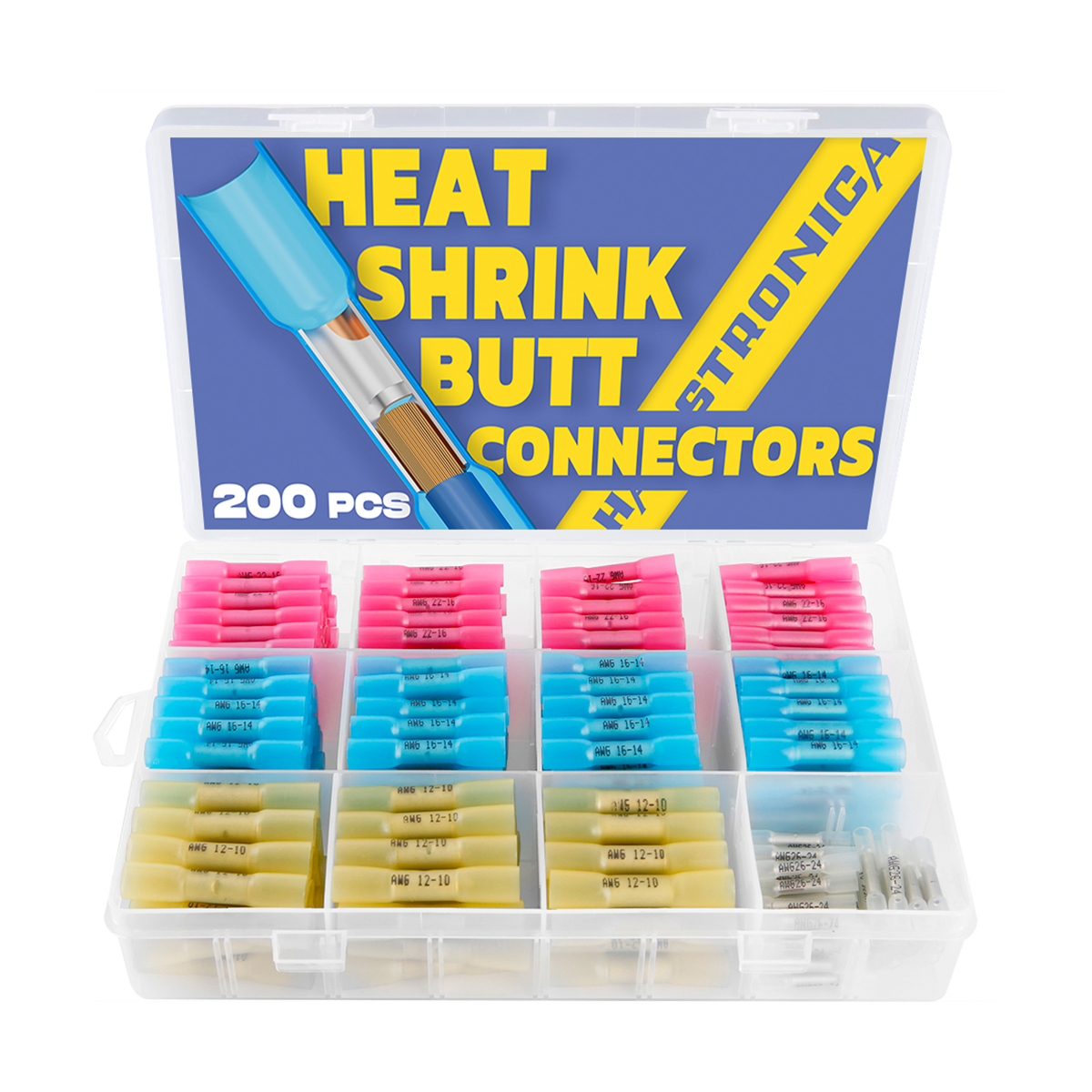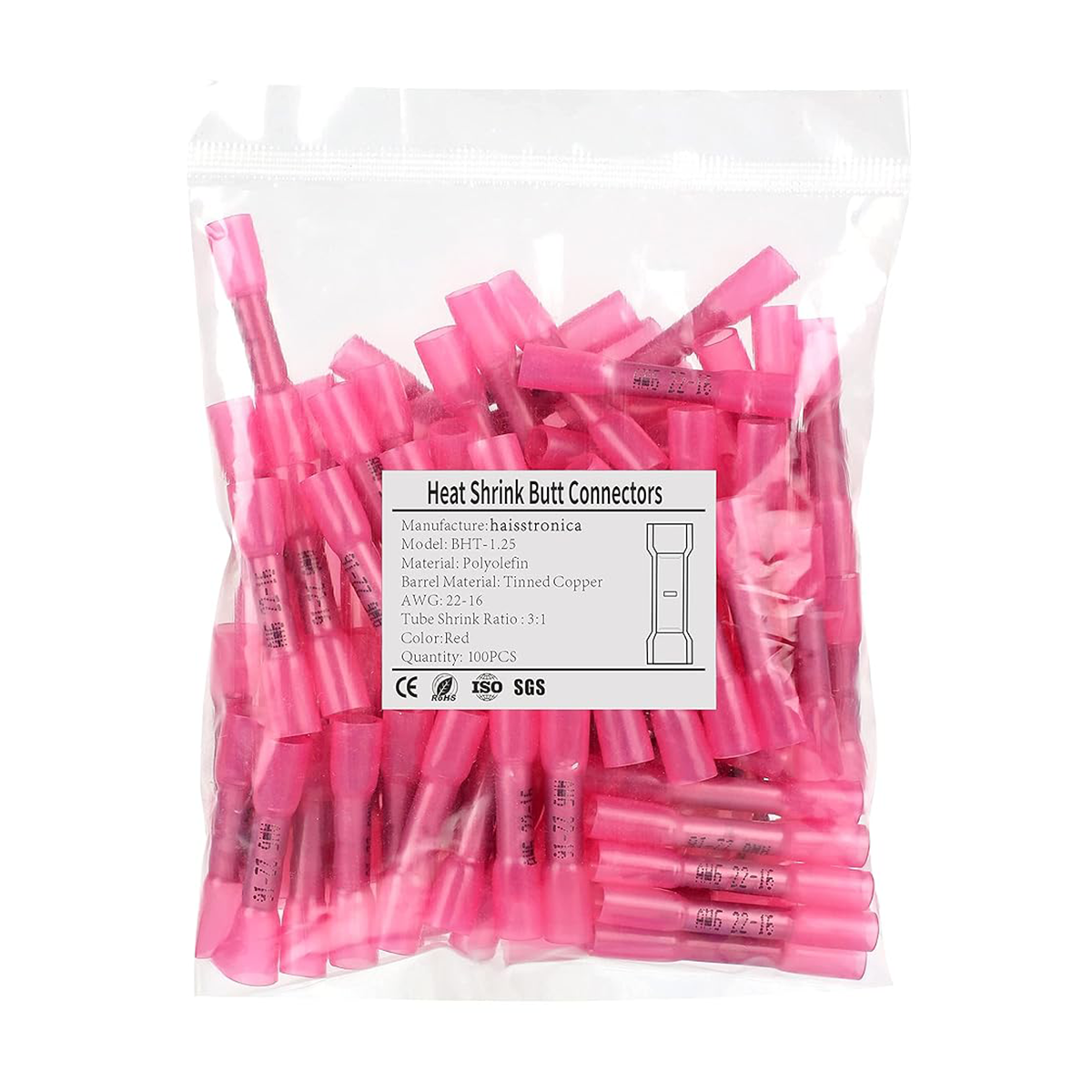When it comes to insulating wires, securing connections, or protecting electrical components, two solutions dominate the field: heat shrink tubing and electrical tape. Both have their strengths, but choosing the wrong one can lead to costly failures, safety risks, or wasted time.
In this guide, we’ll break down the key differences, best use cases, and pro tips to help you decide whether heat shrink tubing or electrical tape is right for your project.
1. Heat Shrink Tubing: The Professional’s Choice
Heat shrink tubing is a polymer sleeve that shrinks radially when heated, creating a permanent, airtight seal around wires and connections.
Advantages:
-
✅ Superior Durability: Resists abrasion, chemicals, UV rays, and extreme temperatures (-55°C to 175°C for high-grade tubing).
-
✅ Waterproof Seal: Ideal for outdoor or marine applications (e.g., solar panels, boat wiring).
-
✅ Professional Finish: Provides a clean, low-profile insulation layer.
Best For:
-
Automotive and aerospace wiring harnesses.
-
Industrial equipment exposed to harsh environments.
-
High-voltage systems requiring UL/CSA certification.
Pro Tip: Always use a heat gun (not an open flame) and select tubing with a 3:1 shrink ratio for optimal fit.
2. Electrical Tape: The Quick Fix
Electrical tape is a pressure-sensitive vinyl tape used for temporary insulation or minor repairs.
Advantages:
-
✅ Flexibility: Easy to apply in tight spaces or irregular shapes.
-
✅ Cost-Effective: Affordable for small, low-risk projects.
-
✅ Reusable: Can be unwrapped and reapplied during troubleshooting.
Best For:
-
Temporary wire labeling or color-coding.
-
Minor insulation repairs on household appliances.
-
Bundling loose cables (non-critical applications).
Pro Tip: Stretch the tape slightly while wrapping to activate its adhesive and improve longevity.
3. Head-to-Head Comparison
| Factor | Heat Shrink Tubing | Electrical Tape |
|---|---|---|
| Durability | 10+ years (UV/chemical resistant) | 6 months–2 years (degrades faster) |
| Water Resistance | Fully waterproof | Water-resistant (not waterproof) |
| Installation Speed | Requires heat source | Instant application |
| Cost | Higher upfront cost | Budget-friendly |
| Safety Certifications | UL, CSA, MIL-SPEC | Limited certifications |
4. When to Choose Heat Shrink Tubing
-
Permanent Installations: EV charging stations, underground wiring.
-
Harsh Environments: Oil rigs, marine electronics, or areas with extreme temperatures.
-
Critical Systems: Medical devices, aerospace, or industrial machinery.
Example: A car manufacturer uses adhesive-lined heat shrink tubing to seal battery connections in EVs, preventing moisture ingress and corrosion.
5. When to Choose Electrical Tape
-
Temporary Repairs: Quick fixes on tools or appliances.
-
Non-Critical Bundling: Organizing cables in a home office.
-
DIY Prototyping: Testing circuits before finalizing connections.
Example: A homeowner uses vinyl electrical tape to label circuit breakers during a renovation.
6. Hybrid Solutions: Using Both Together
For maximum protection in high-risk scenarios:
-
Wrap the connection with electrical tape for initial insulation.
-
Slide heat shrink tubing over the taped area and apply heat.
Use Case: Offshore wind turbine wiring exposed to saltwater and vibration.
7. FAQs
Q: Can I reuse heat shrink tubing?
A: No—it’s designed for single-use, permanent installations.
Q: Does electrical tape conduct electricity?
A: No, but degraded tape (cracked or dried out) may expose live wires.
Q: What’s the best heat shrink tubing for automotive use?
A: Dual-wall tubing with adhesive (e.g., Haisstronica’s HT-225 Series) ensures moisture-proof seals.
Conclusion
Heat shrink tubing excels in durability and safety for professional, permanent applications, while electrical tape offers flexibility and affordability for quick fixes.
Need Help Choosing?
Explore Haisstronica’s range of UL-certified heat shrink tubing for your projects.
